More often than not you come to this blog to read about our great birding triumphs. But we are also fully transparent and are thus required to document our most epic and comical failures. Anyone who has birded for any length of time knows that failure to produce is all part of this game and such missteps or miserable attempts can be just as memorable as the glorious moments. It is in that spirit that I will tell the story.
A little over a week ago an interesting report came in of a Least Tern down in Luverne in Rock County. I generally don’t get too excited about terns, gulls, or even shorebirds – at least not to the point of going on a lengthy chase. Luverne was nearly three hours away; it definitely was not happening. Then I learned that the Least Tern is considered a “casual” species in Minnesota and that there are very few records of it here. Furthermore, to see one elsewhere, I’d have to visit someplace like the Florida coast in the summer. Now the bird was becoming more appealing. I looked up the picture and noticed that the Least Tern is quite distinctive with its yellow bill. Even more appealing. But then I heard that this particular Least Tern was a juvenile – definitely an attribute for the “con” column. A long trip for an immature bird that might not stick around? Forget it.
The reports kept coming though. The tern was hanging on and something very interesting happened. One birder reported that there were now two Least Terns and that one was a breeding plumaged adult! And the birds were hanging out all day. Now I was interested. Phone calls and texts were exchanged with local birding buddies, but ultimately three of us ended up going down separately in three vehicles. I opted to go alone so I could turn the chase into an overnight camping trip with the kids at Blue Mounds State Park.
I was confident we’d see the tern in the morning. The bird(s) had been around for nearly three days by this point. Plus our chase record was strong with only one big miss on a Painted Bunting a couple years ago. Even then, though, we managed to walk away with a consolation Purple Finch lifer. I tend to choose chases that have a high probability of success, and this chase had the right elements for just such an outcome. So as I rode along with two kids, a van full of camping gear, and one of my two labrador retrievers riding shotgun (she was not part of the original chase/camping plan), I was excited that in just a couple hours I’d be looking at a sparkly, brand-new bird, and a very rare bird besides. We’d see the bird, and fifteen minutes later the kids and I would be having fun camping and swimming at the reservoir at Blue Mounds. It was going to be perfect.
We got to the site in Luverne around 10:00 in the morning and pulled up behind Randy who had made it down there sometime within the previous hour. Randy had mixed news for us. He saw the bird (the juvenile) – saw it fly away not fifteen minutes earlier. My optimism was undaunted. I was confident the bird would return. We searched nearby wetlands with Randy to see if we could dig it up. The kids and I returned to the original site a couple times but had no luck in locating either of the Least Terns.
One reason I thought this would be a fun trip for the kids was that I remembered the city of Luverne had a massive park down by the Rock River with multiple playgrounds. Despite my memory, there would be no park adventure on this trip. The entire park which was lush green in my memory was now entirely covered in black soil and roped off as crews worked feverishly to get it into park shape again. What was going on? Then I remembered. This area of the state had massive flooding this spring. Undoubtedly the grass and greenery were destroyed in the stagnating waters left behind.
So it was off to Blue Mounds to set up camp and do some swimming. We were going to have fun one way or another on this trip. But we hit another snag when we checked in at the park office. The park ranger asked us if we were aware of the water situation. Uh, no. The water supply, she said, was contaminated with E. coli. Even though that sounds utterly terrifying, it was a manageable fear since they had all the water shut off save the toilets and since they’d give us drinking water at the park office.
After we had camp set up and had checked on the Least Tern spot unsuccessfully a couple times, I decided that it was time to let the kids do some swimming at the reservoir. With kids suited up we made our way to the… mud puddle? Wait, where’s the reservoir? This place was only suitable for frogs and the few Pectoral Sandpipers poking around. The beach was hundreds of feet away from the “water.” What was happening? Finally I figured it out when we hiked down to the dam; the spring flooding had overpowered the dam, knocking a gaping hole in it and depleting the reservoir. This was turning out to be one sorry trip, and I was turning into one liar of a father.
The kids and I did do a little bit of hiking. After all, Blue Mounds State Park is the most reliable place in the state to see Blue Grosbeaks. Even though I had seen a gross amount of them in recent weeks, it was still fun to find six Blue Grosbeaks at Blue Mounds. Most were near the Interpretive Center’s parking lot, but a couple were found at the north end of the prairie near the swimming area.
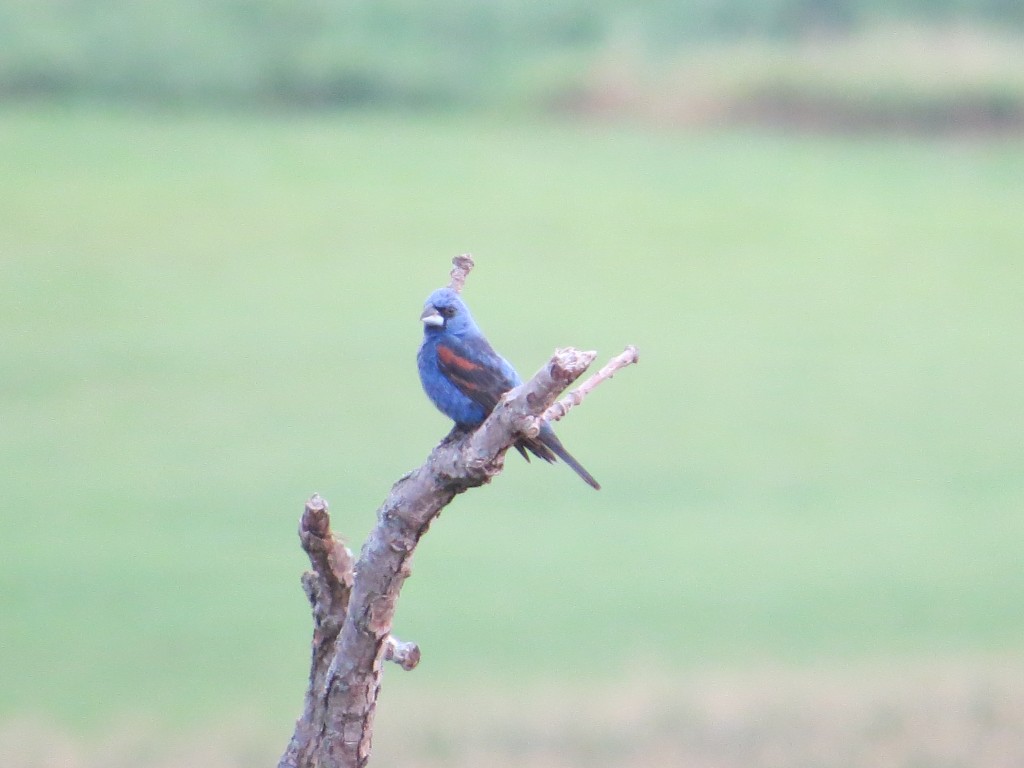
Blue Grosbeak
Blue Mounds is also famous for Common Nighthawks that swoop over the prairie and make their booming call late in the evening or early in the morning. It is not hard to find them perched during the day. This particular nighthawk was taking a rest in the same tree as the Blue Grosbeak above.
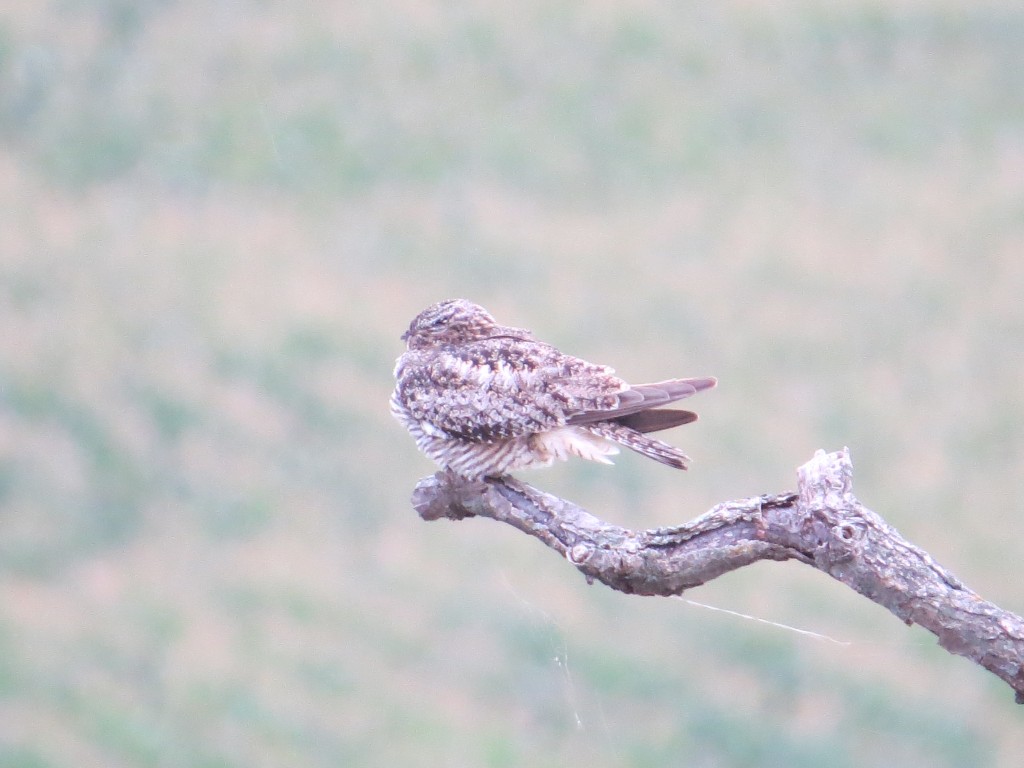
Common Nighthawk
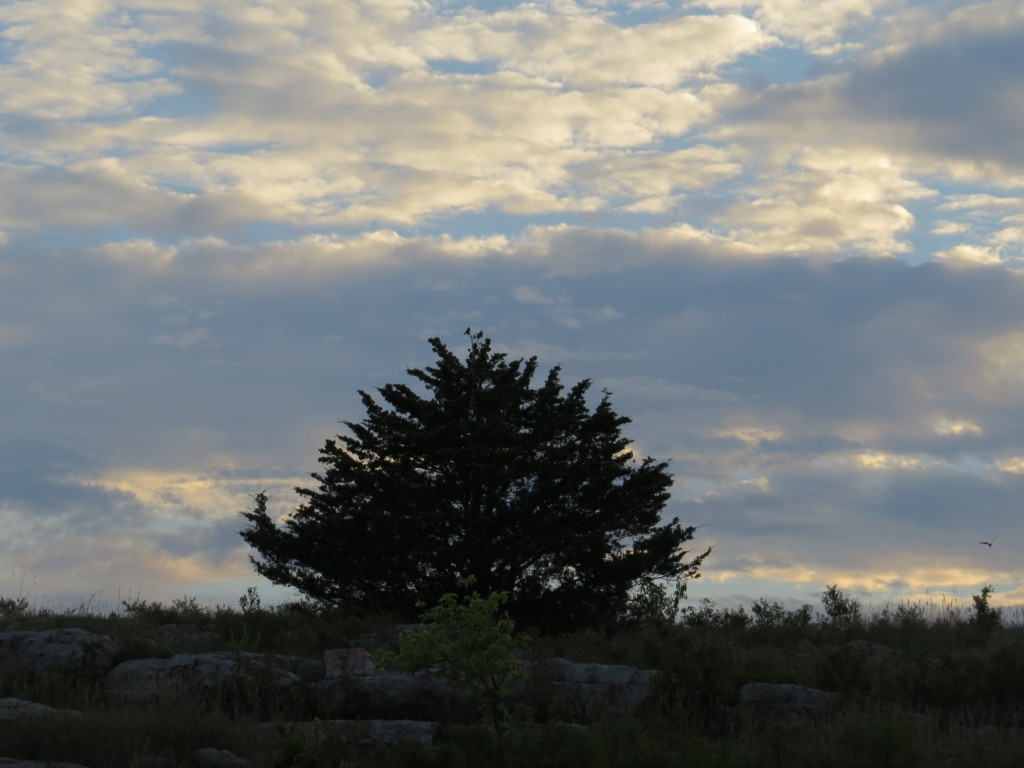
Can you find the Blue Grosbeak and Common Nighthawk in this photo?
Another fun bird that is not hard to find at this park is the Dickcissel. Interestingly, this Dickcissel was perched in the same small, dead tree with the Blue Grosbeak and Common Nighthawk in the first two photos. Apparently the two former birds don’t mind sharing territory with each other. And the nighthawk couldn’t care less that these two birds were singing their heads off while he tried to close his eyes and dream sweet nighthawk dreams.
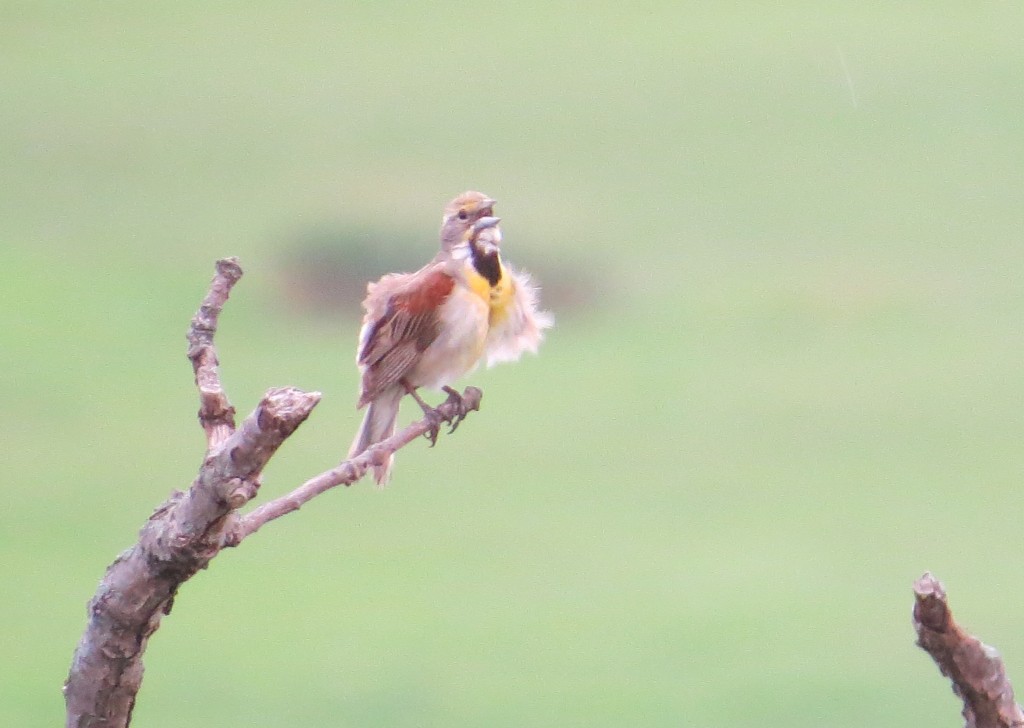
Dickcissel
The list of uncommon birds that are not too hard to find at Blue Mounds continued with several singing Field Sparrows. I was showing Evan this particular Field Sparrow through the LCD display on the camera and pressed the shutter button while the bird was singing. Evan thought that was pretty neat to photograph it in the act of singing, even using the phrase “epic photo.”
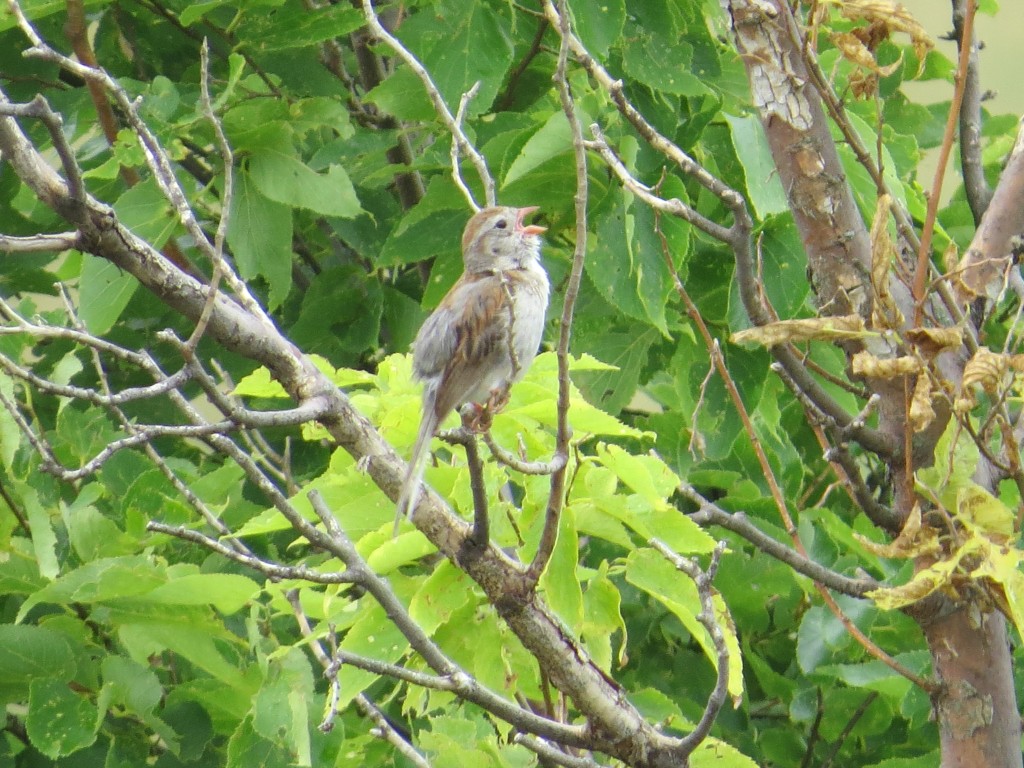
Field Sparrow
Another bird we had the pleasure of viewing, when binoculars and camera were not in hand of course, was a Red-headed Woodpecker in a dead tree right by a walking path. It did not care that we were 15 feet away. Steve has told me I’m a magnet for these birds. I’m starting to believe him. What I am certainly a magnet for is rain at Blue Mounds State Park. As you can see in the photos above, conditions were not optimal for photography, birding, or even camping. Rain was setting up shop for the day, and I had a sickening feeling that this trip was going to turn into the disastrous Blue Grosbeak hunt of 2013. But a lack of good weather, terns, playgrounds, swimming beaches, and safe drinking water did not deter these two from having a good time even though I have no idea what they were doing here.
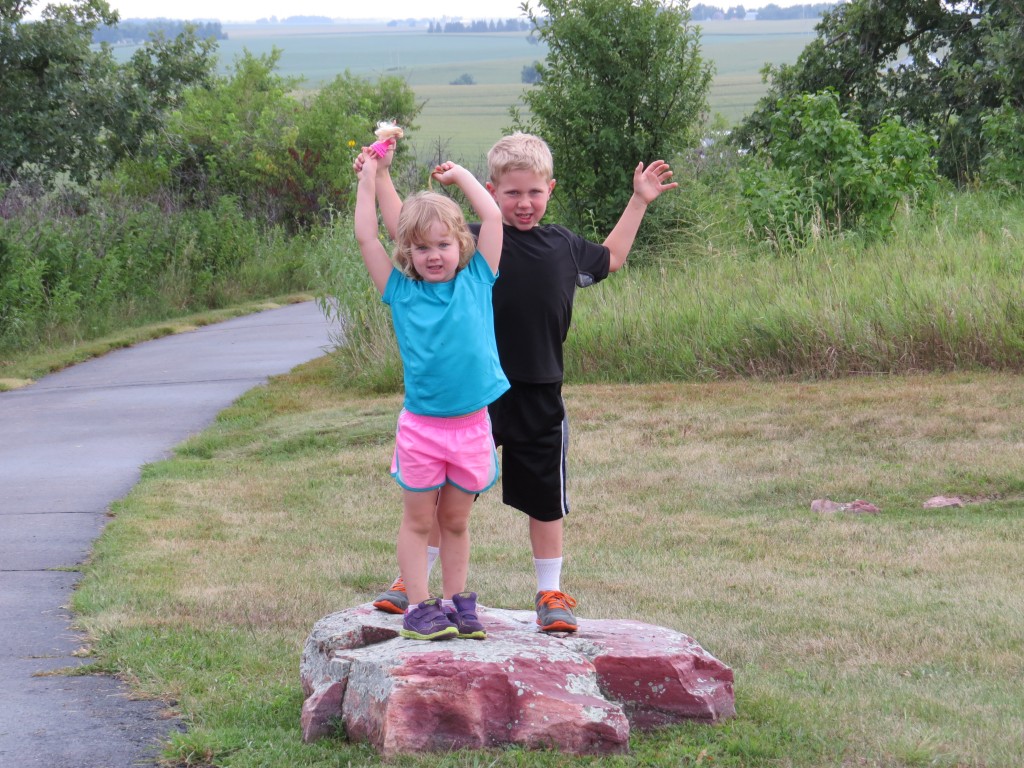
We never did see the Least Terns on any one of our dozen+ trips to the tern spot that day. Hope stayed alive for a check in the morning, but it was time to put the current day to bed and get some rest. At least that was a sure thing. Or so I thought. For somebody who teaches future doctors and engineers and such, sometimes I just don’t think. I figured the three of us in a three-man tent on a full-sized air mattress would be no problem until I put the plan into action. The mattress was not wide enough for the three of us, so I turned the mattress sideways. What I gained in shoulder room was offset by the loss of body length I could fit on the mattress. My shorter companions had no problem, but my legs hung off the end by over a foot. Uncomfortable but fine. But then you throw in a couple of karate-chopping sleepers and a 65 lb. lab that wants on the bed and it was a red-eyed, muscle-aching disaster. It was topped off by a close lighting storm that had me scrambling to get two sleepy kids and a dog into the van where we would attempt to sleep the last couple hours of the night. I didn’t care about a Least Tern by that point. Instead I was once again thinking how the desire for a bird could cause such misery. The new day and the trip home couldn’t come fast enough.
Dawn finally came and with it was the thought that this trip had nowhere to go but up. I was wrong again. You see, the previous day I noticed that my two-front tires were balding really bad. I shouldn’t have made the trip down on them, and I certainly wasn’t going to drive home on them. So I made arrangements at the Luverne Ford dealership to get a couple of new tires that next morning. I figured it would be fine because the kids and dog and I could take a nice walk while we waited. The day had a different plan. The continuing rain forced us to wait for our van in the one-car showroom of the dealership…with a big dog. But a 6 in. by 6 in. TV playing Sponge Bob, a couple of cookies, and one firm hand on a short leash got us through the tire change. Actually all the folks at Luverne Ford were incredibly hospitable and friendly telling me sweet lies about how well-behaved my kids were and how nice my dog was. The truth is that the kids and dog did very well considering the circumstances. And it truly is better to be safe as they say. Did I mention that on the trip down to Luverne the previous day I had to call 911 to report a semi coming into my lane?
Finally we were out of there. We checked the tern spot one last time but again came up short. It was time to head home. I took a longer route home in an effort to do some eBird documentation for some reported Blue Grosbeaks that other birders had found far north of their usual range. I only managed to turn up one. I was thrilled to be able to see and document a couple more Red-headed Woodpeckers. I was never able to get any photos, but I did see and photograph another uncommon bird, the Upland Sandpiper, another bird I’ve been seeing more of this year than in the past.
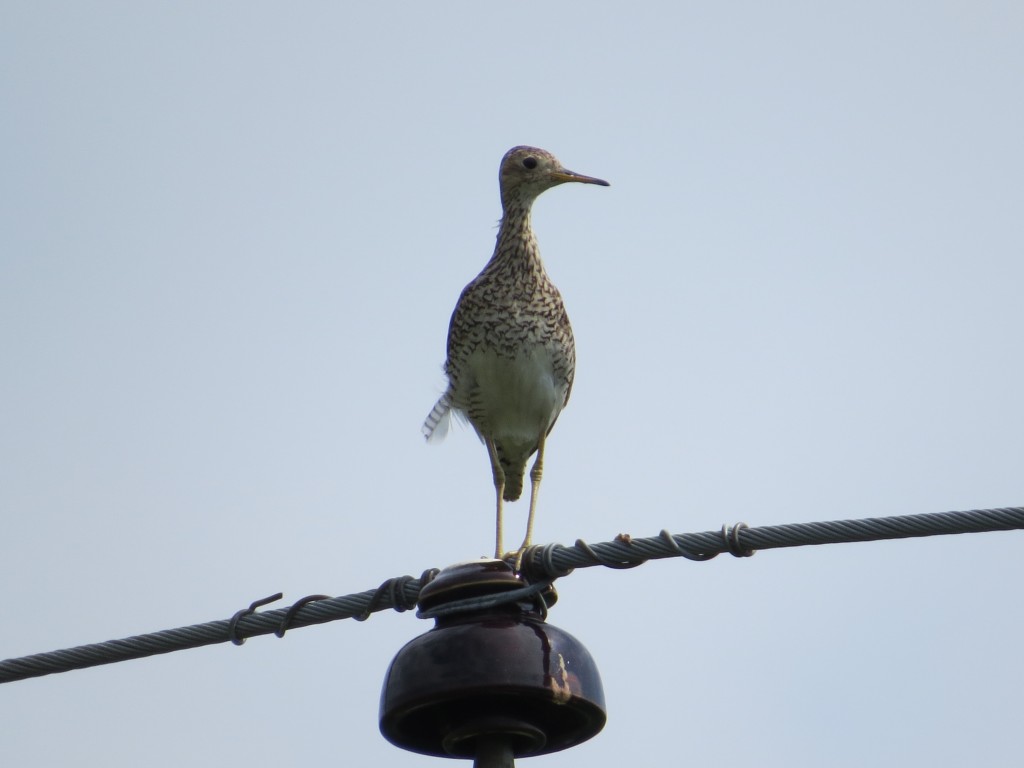
Upland Sandpiper
The trip had some good birds for sure, just not the new one we were hoping for. What we didn’t have in birds, though, we made up for in stories to tell. I will be curious to someday hear the kids’ recollections of the disastrous Least Tern chase of the summer of 2014. The Least Tern won this battle, but another life bird would become the hero and bring a satisfactory close to the summer the next week.

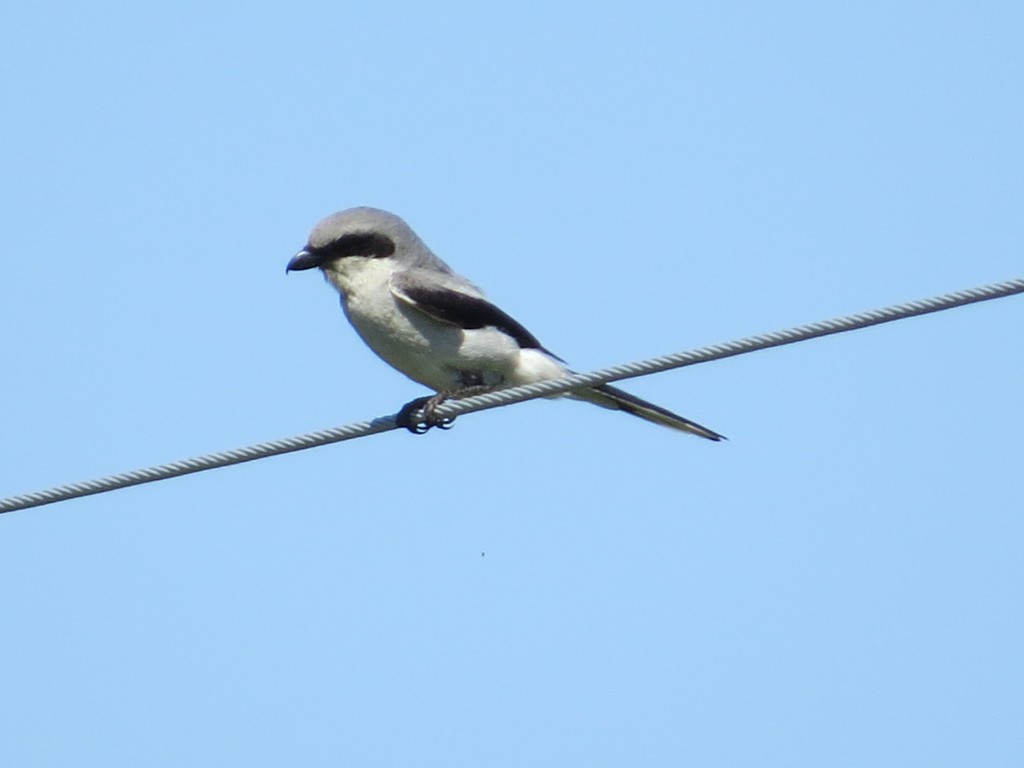
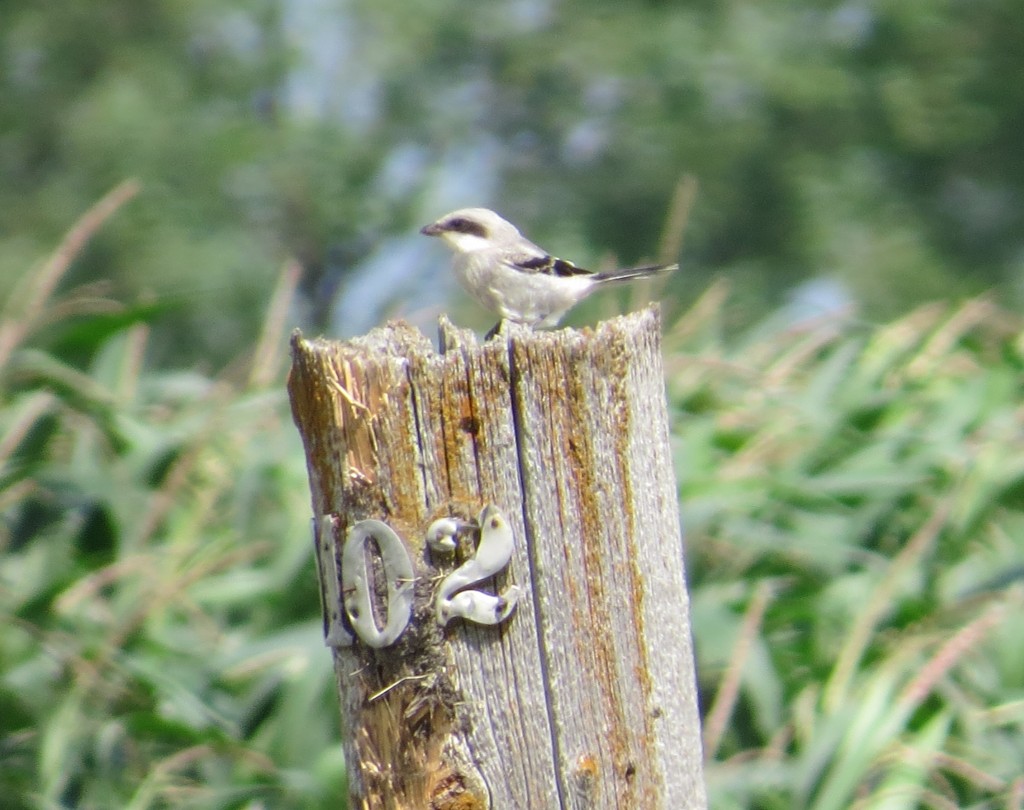
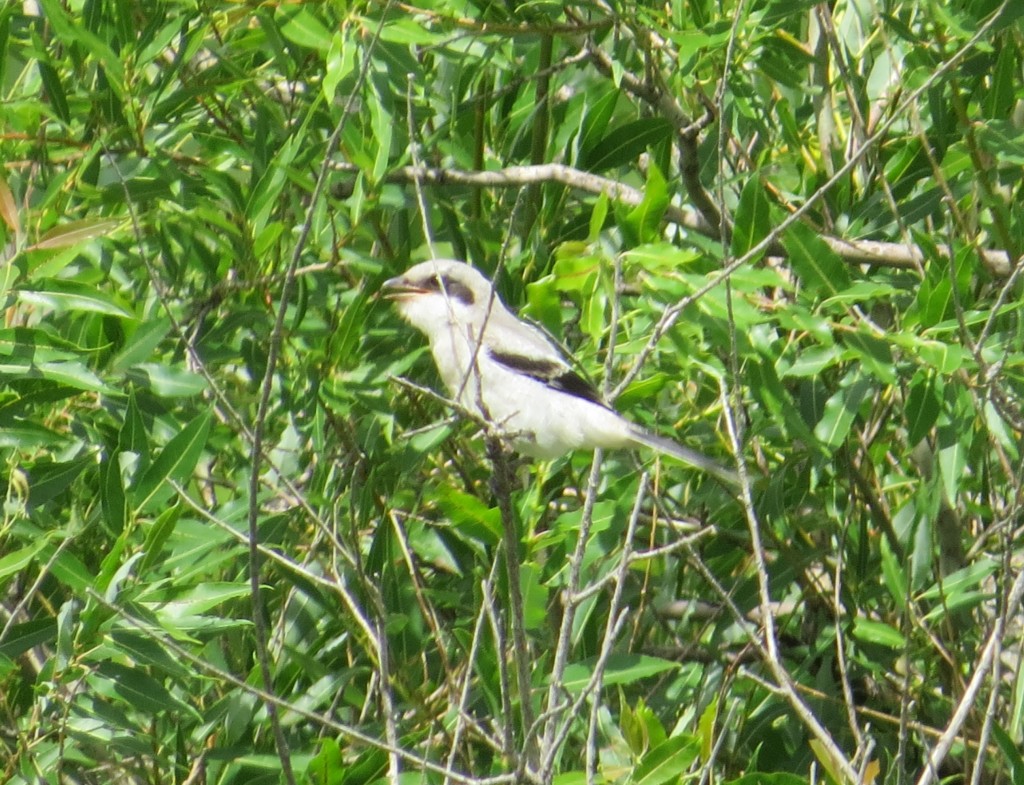
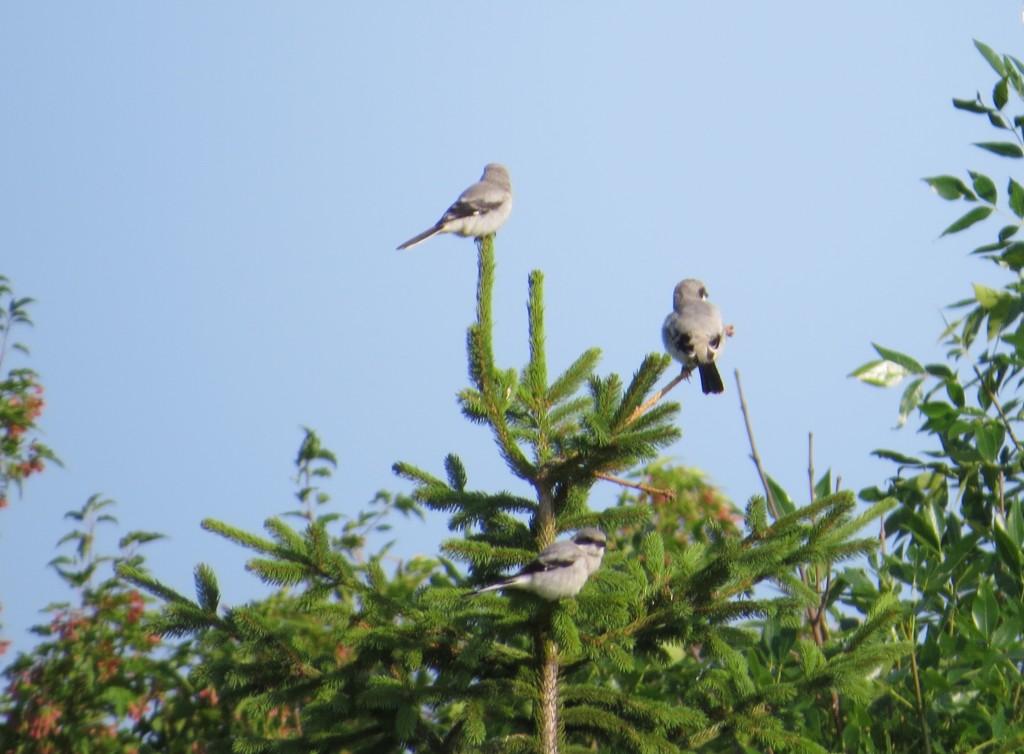
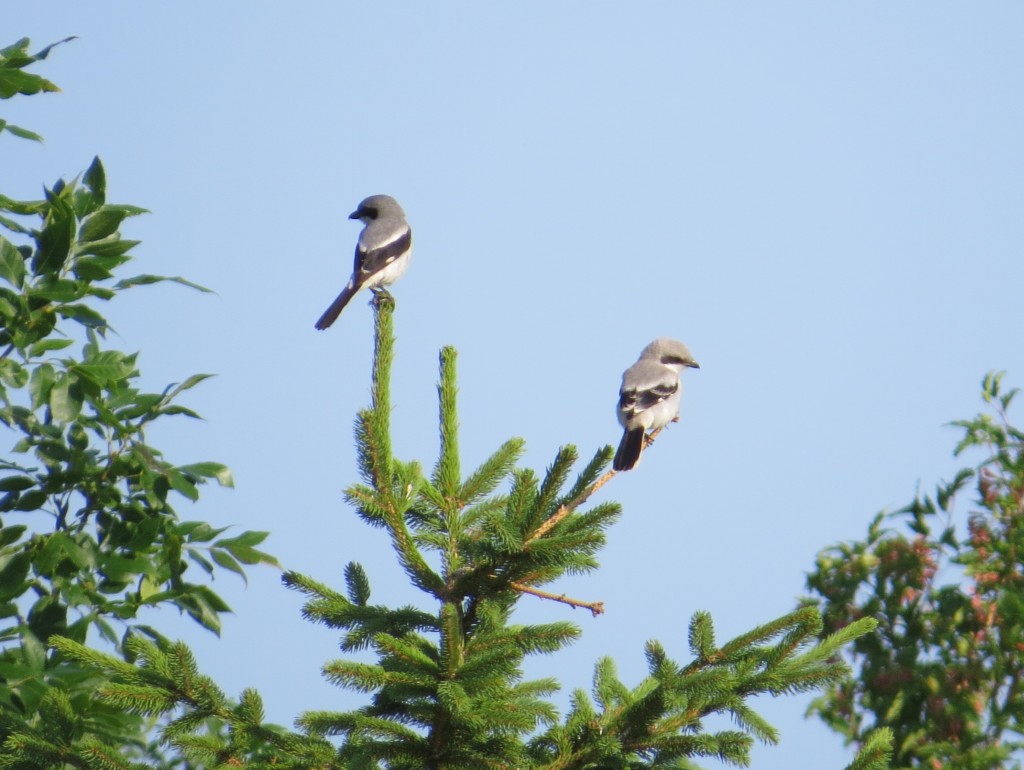
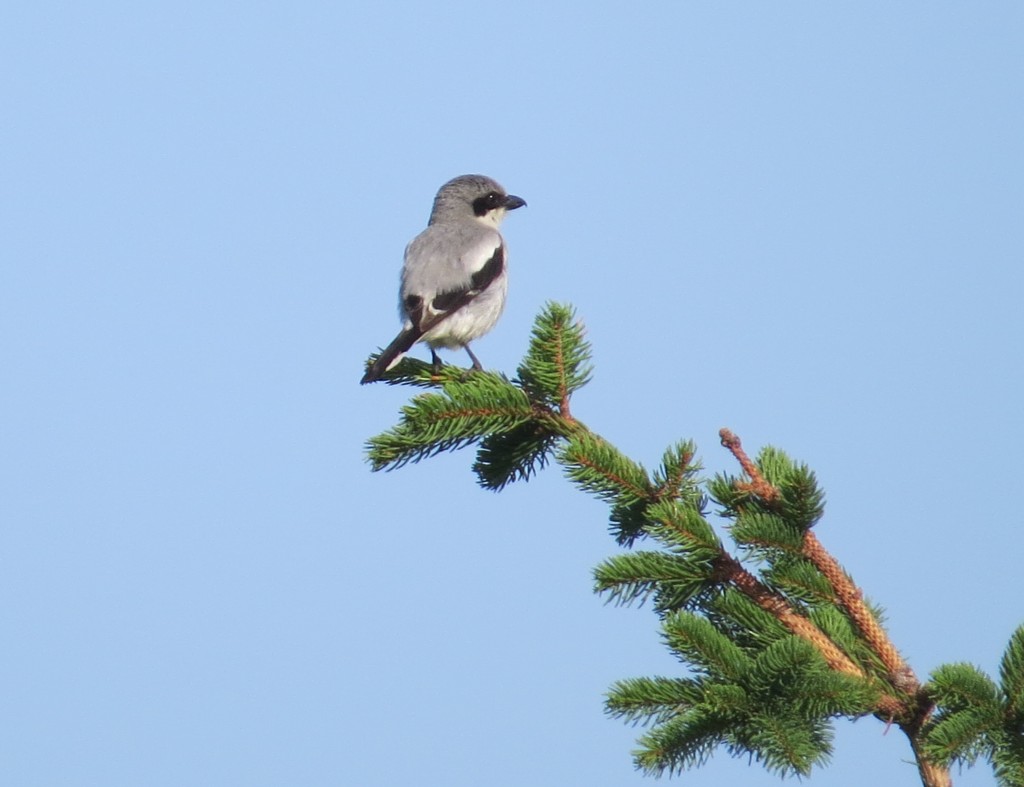
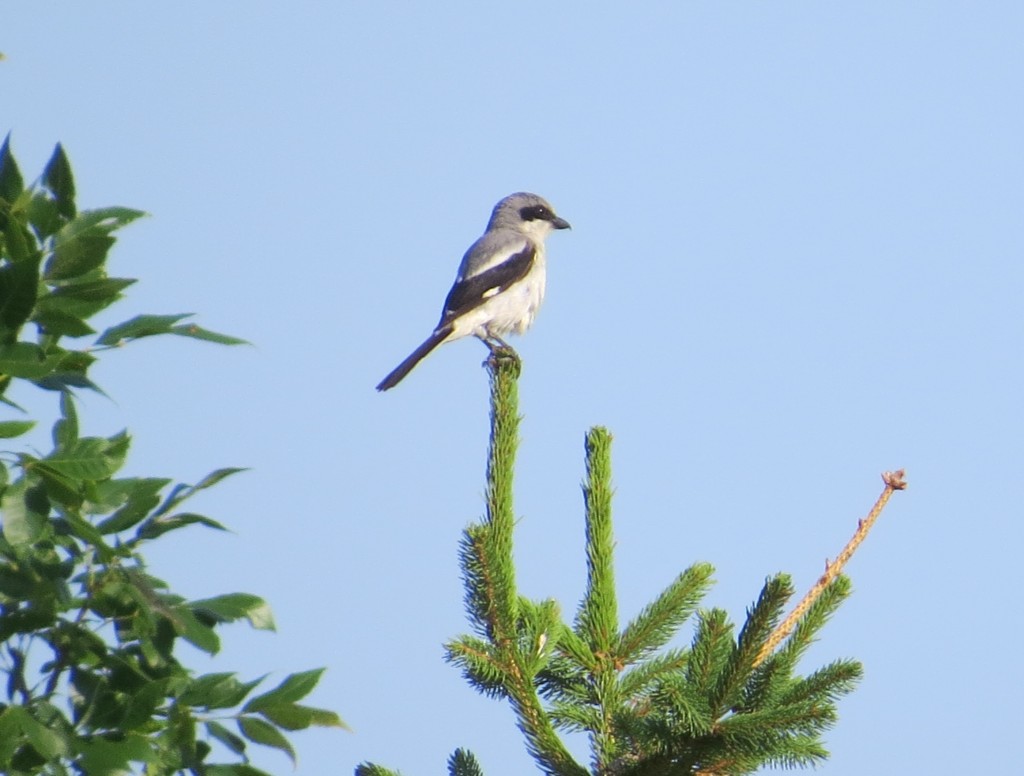
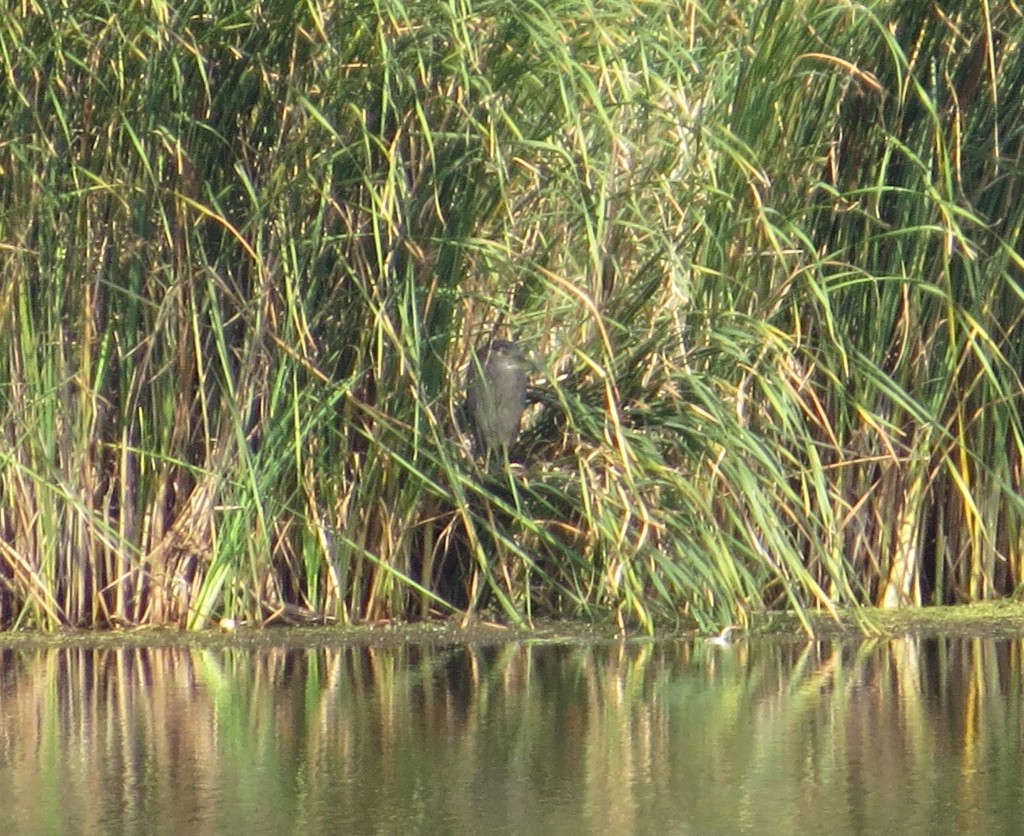
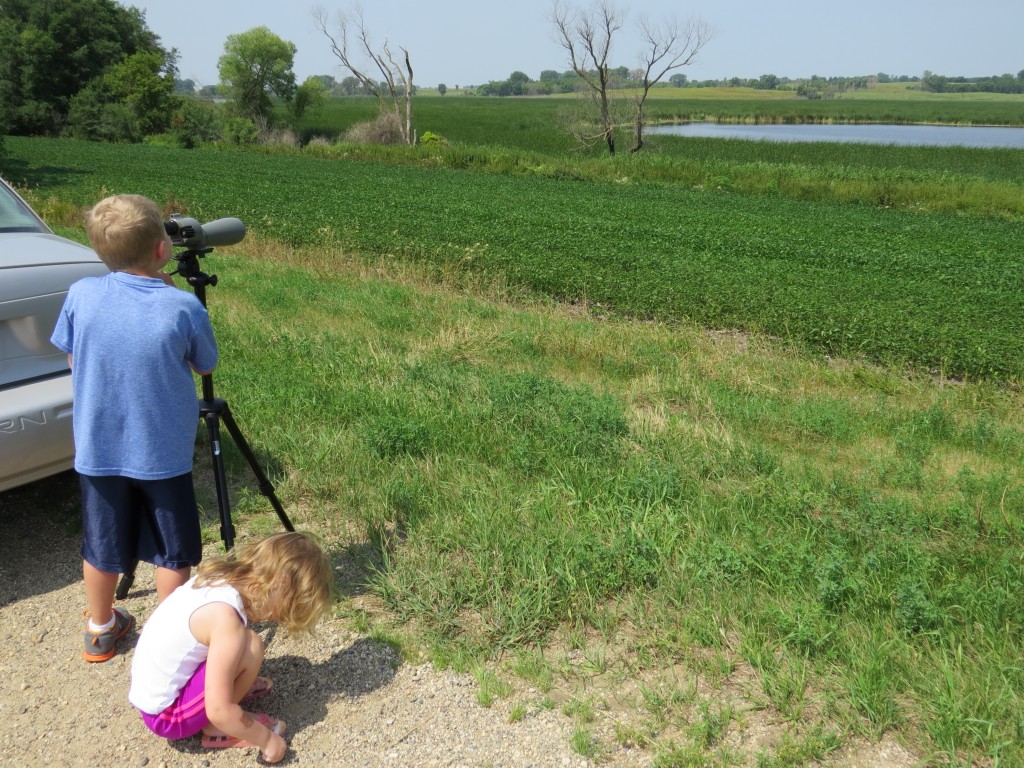 It’s a good thing Joel came out to point it out to us. Even with the right location, I doubt I ever would have found the heron. Evan felt the need to point this one out to his sister. It was pretty cute.
It’s a good thing Joel came out to point it out to us. Even with the right location, I doubt I ever would have found the heron. Evan felt the need to point this one out to his sister. It was pretty cute.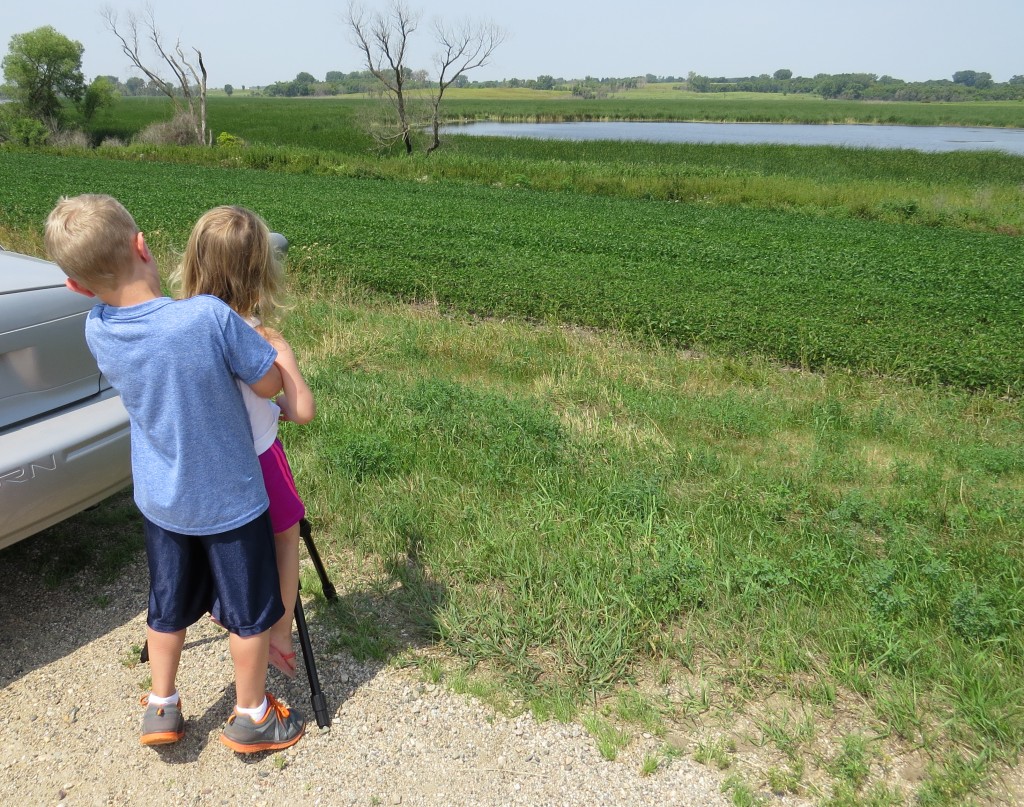
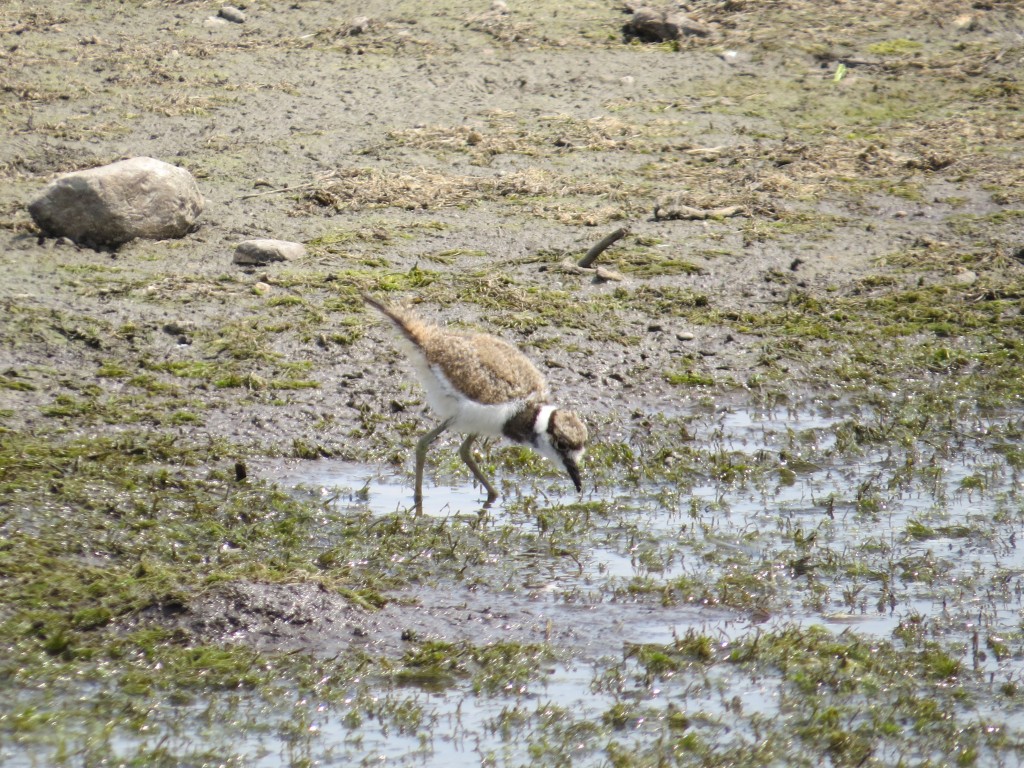
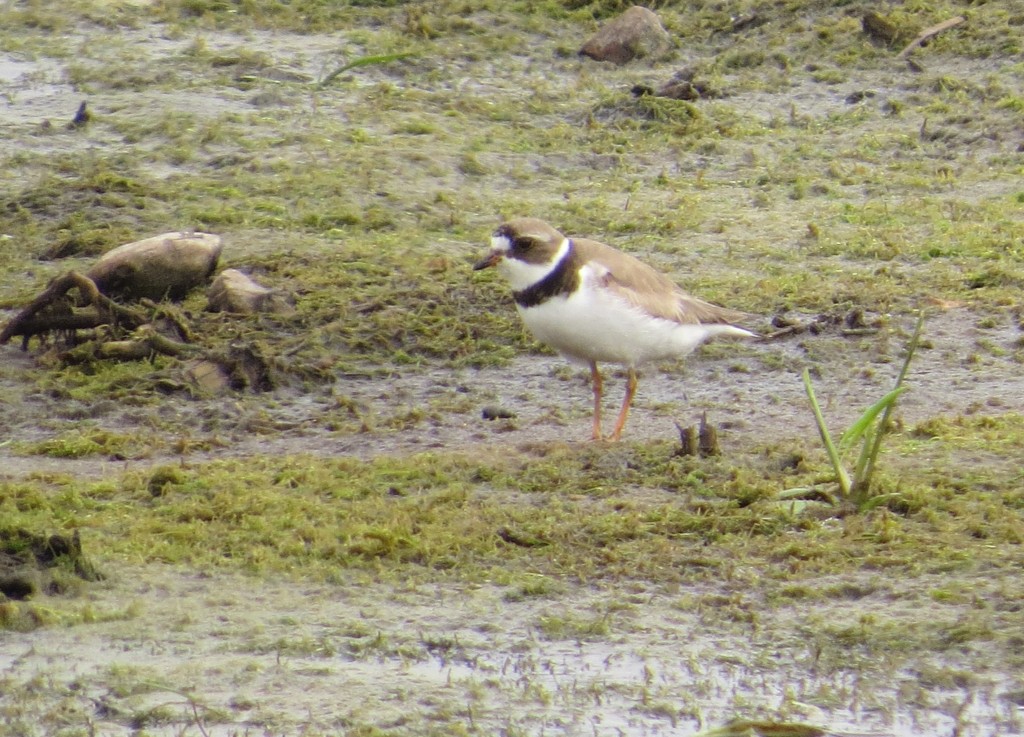
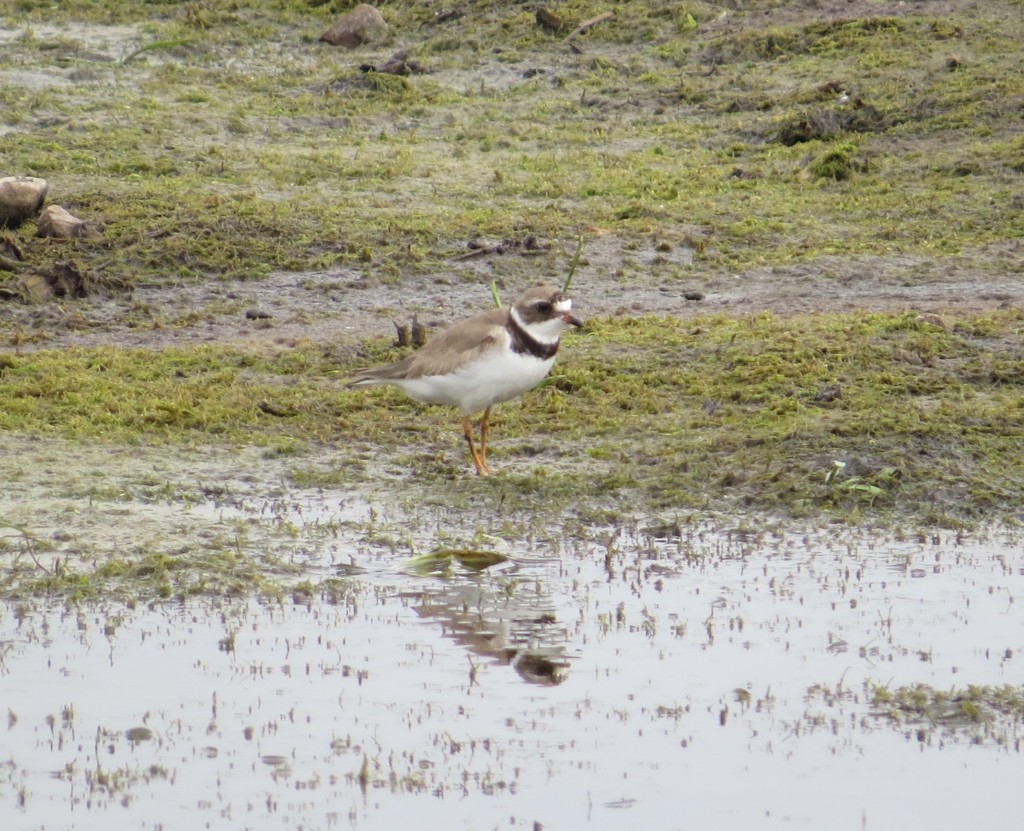
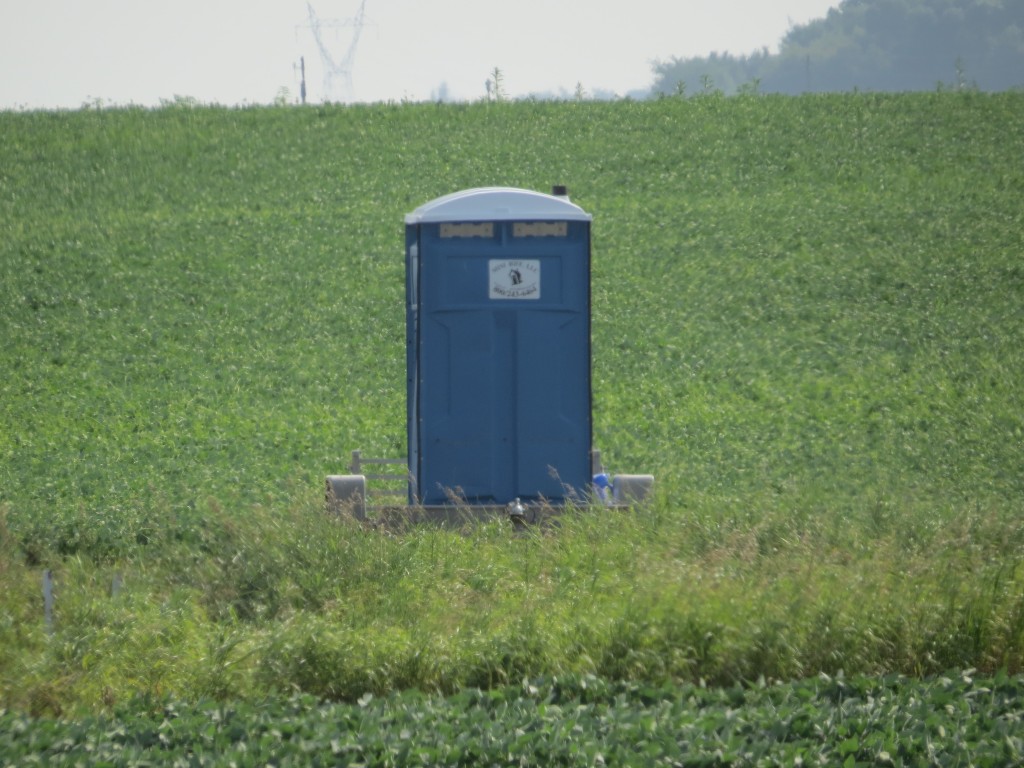
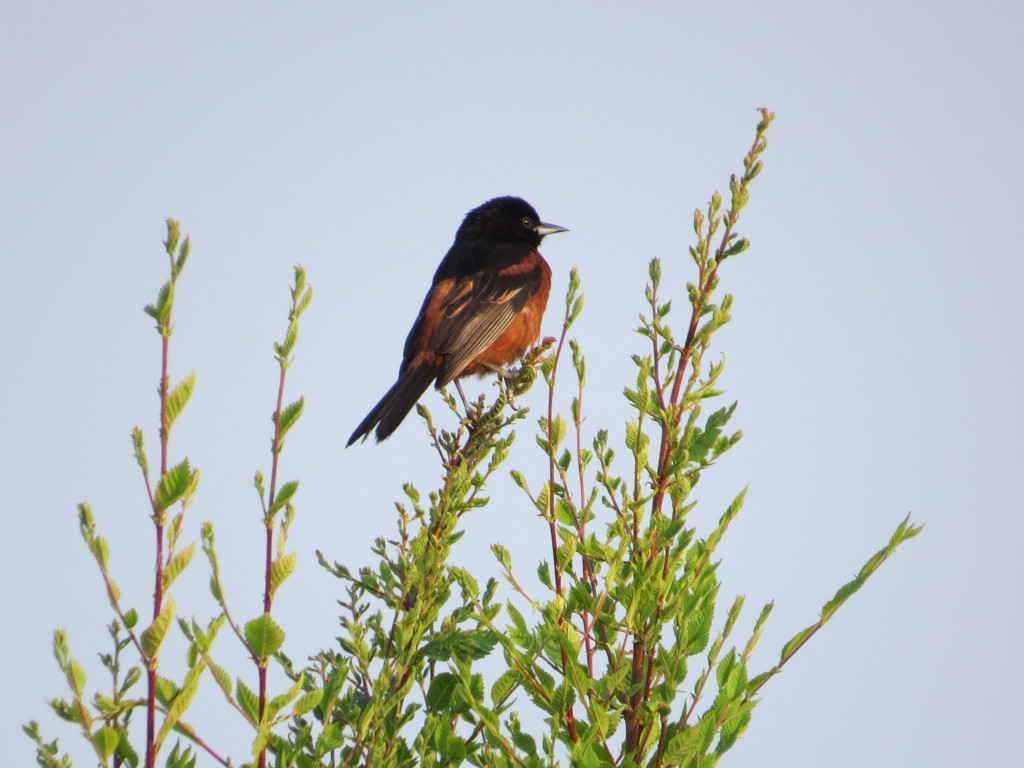
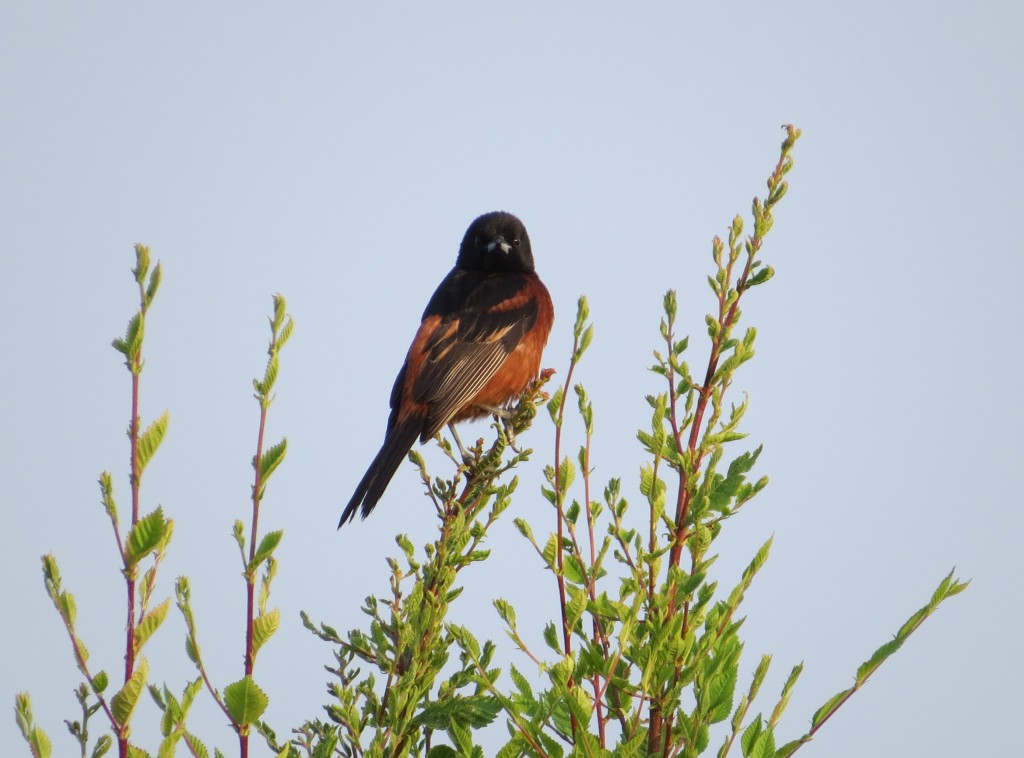
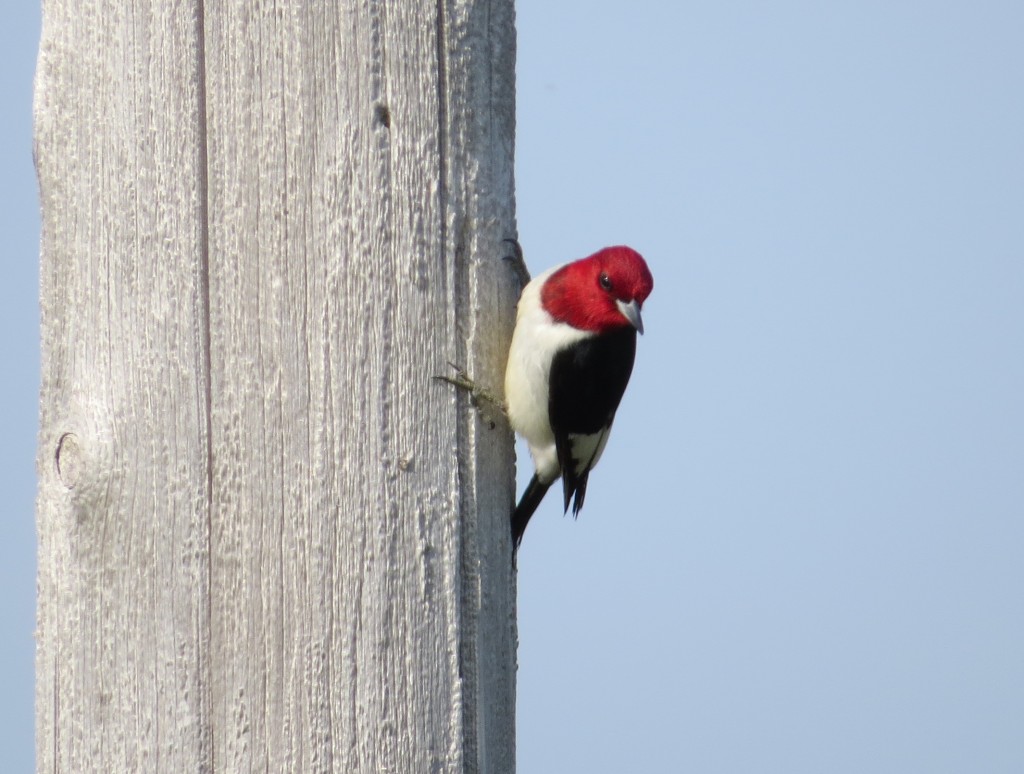
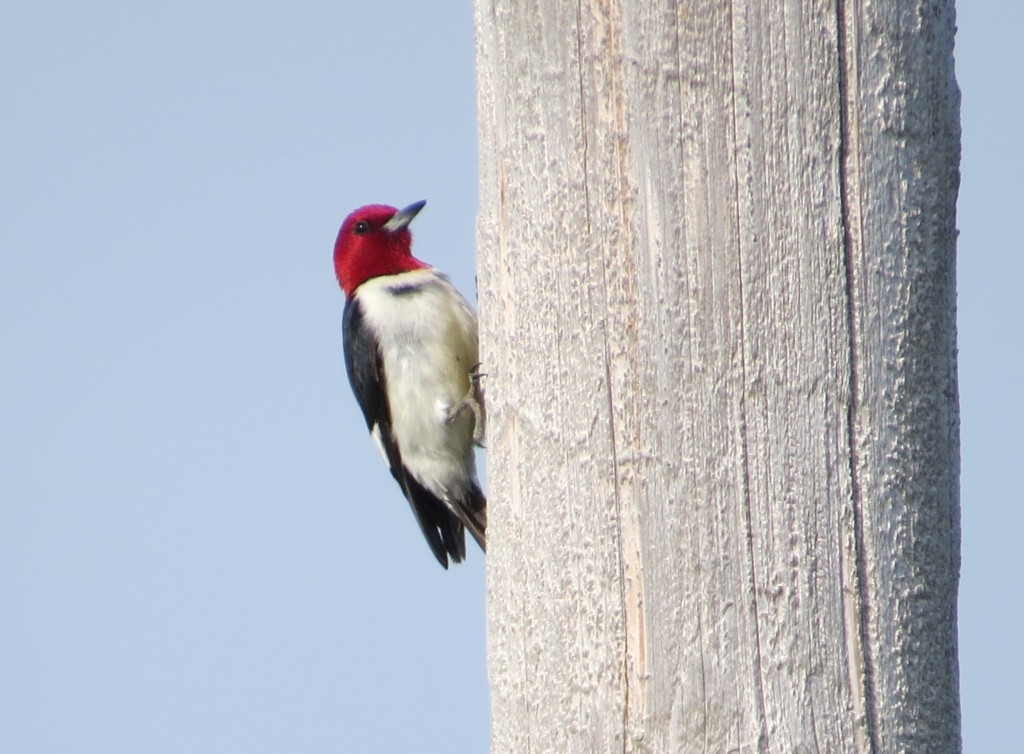
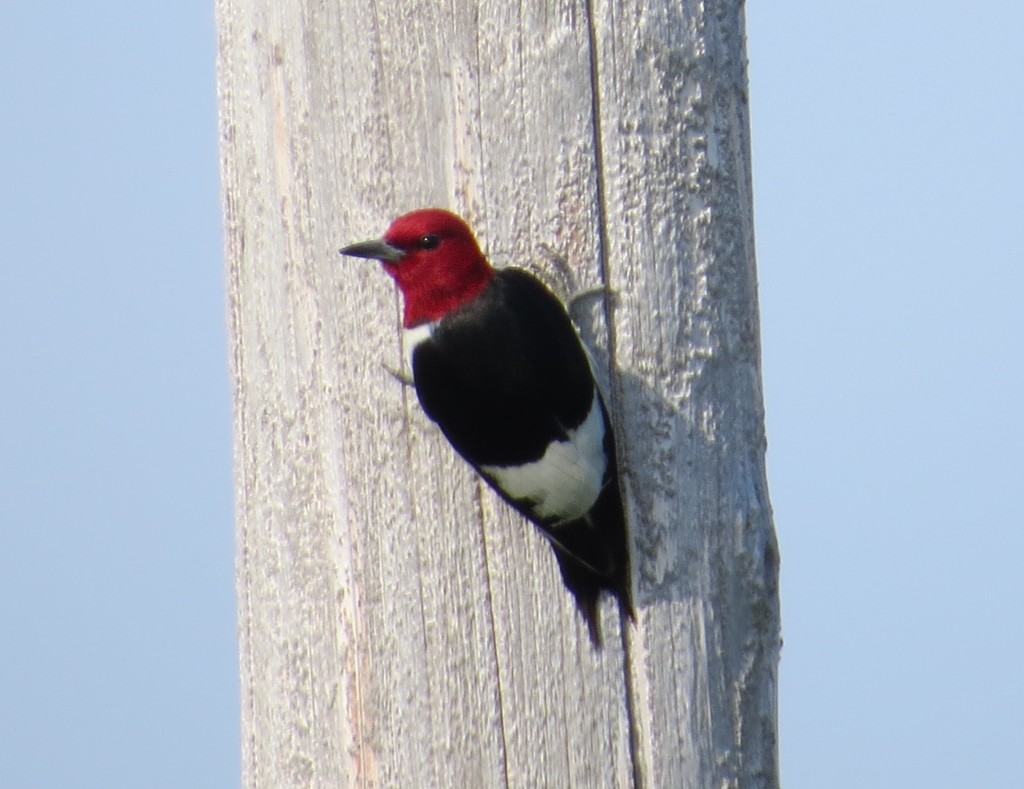
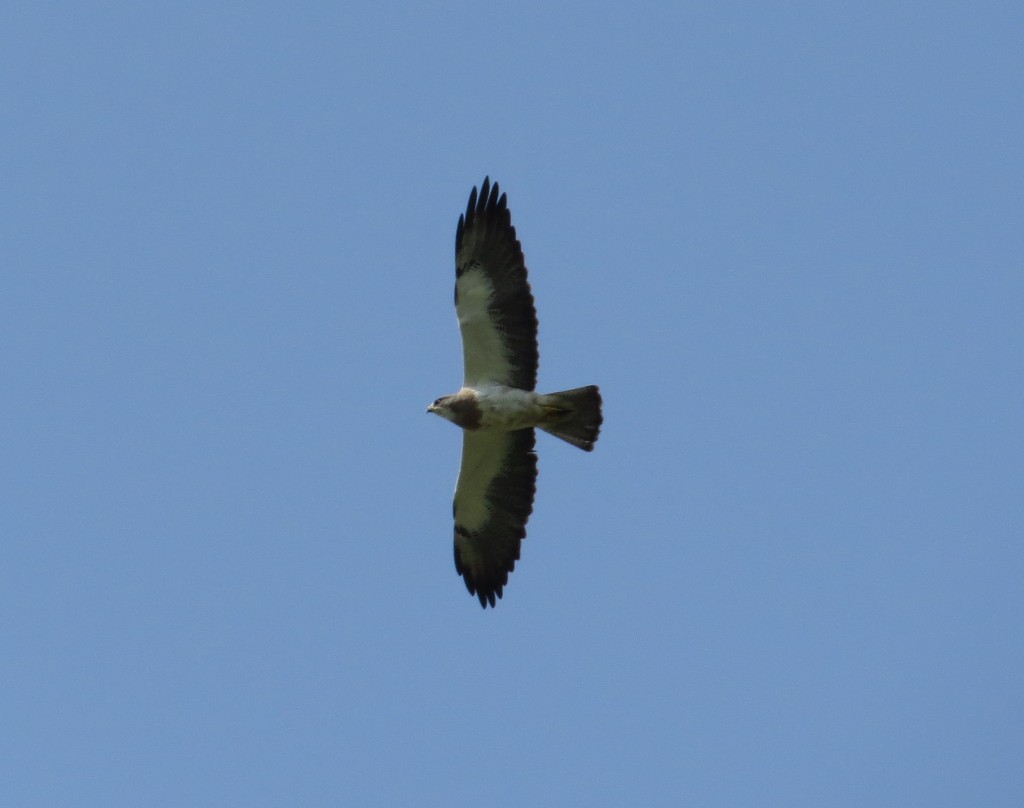
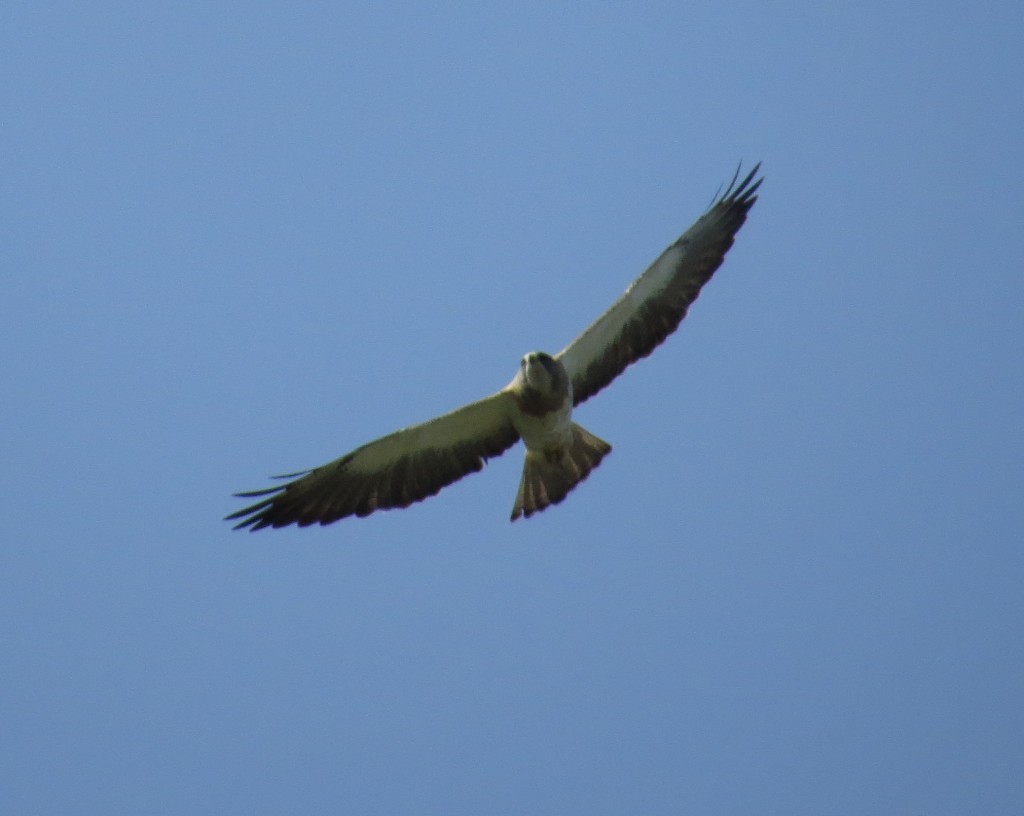
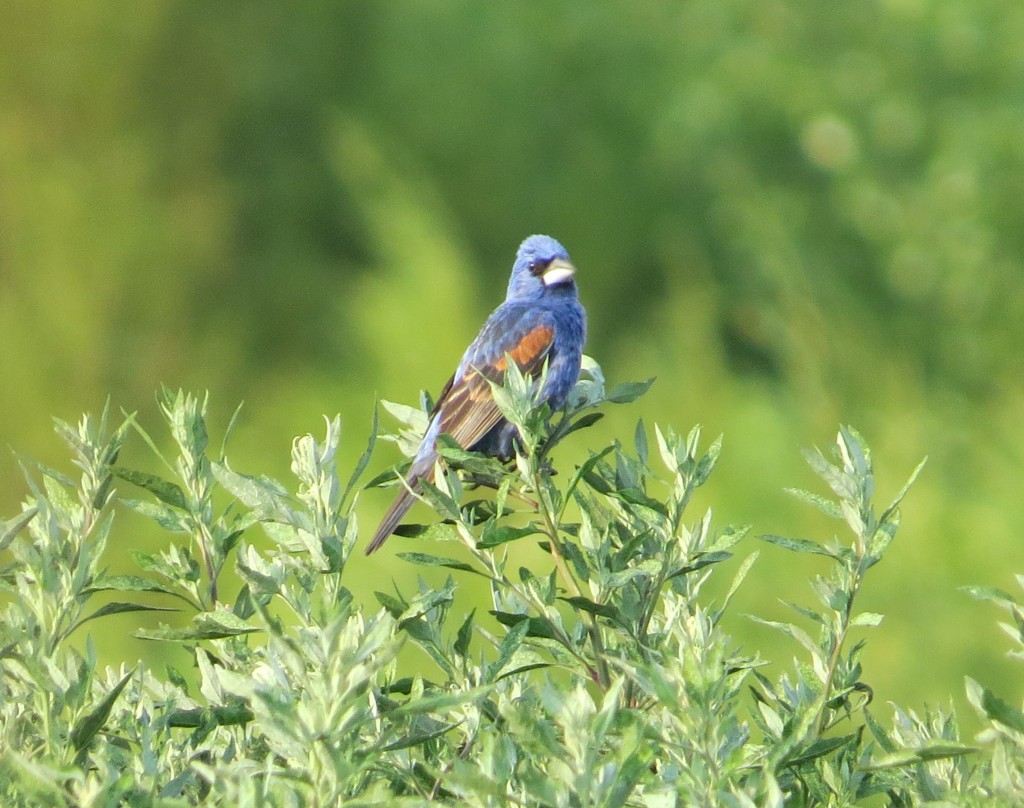
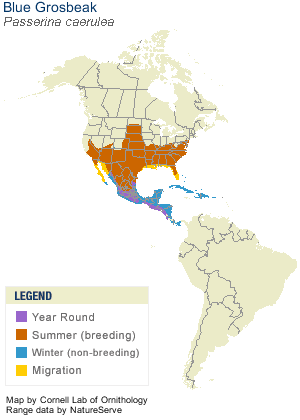
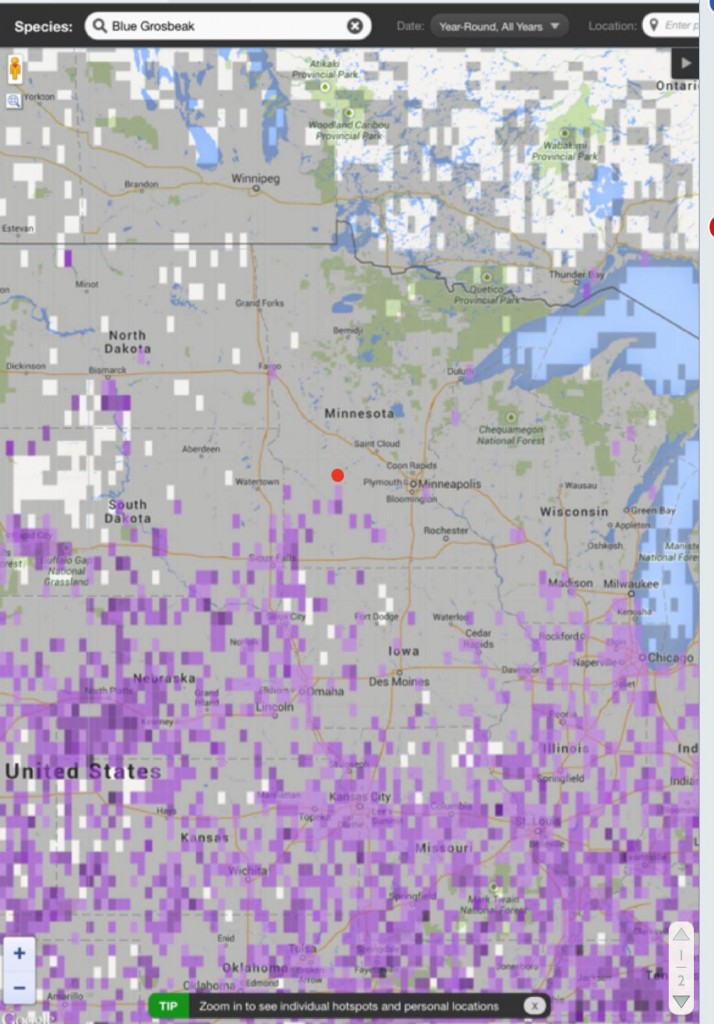
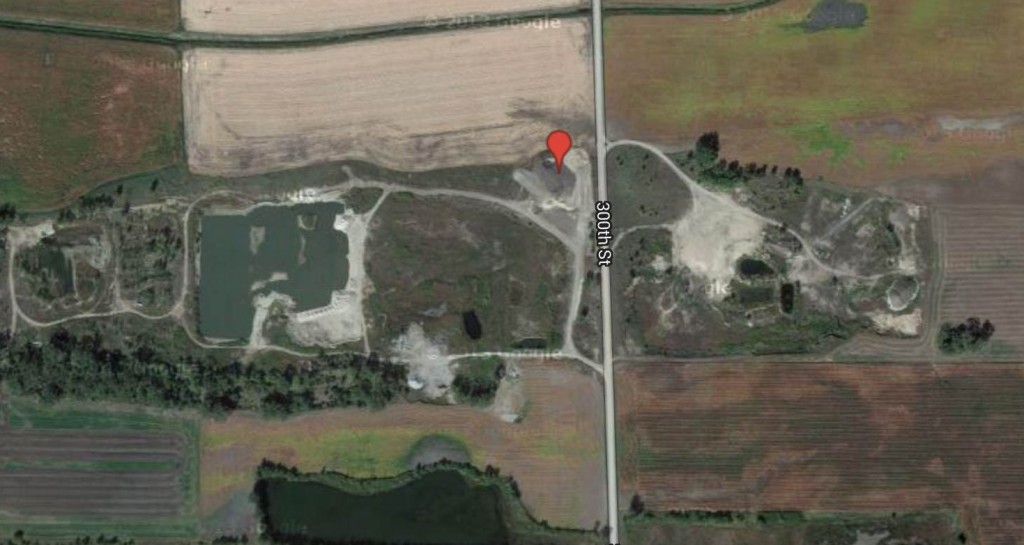
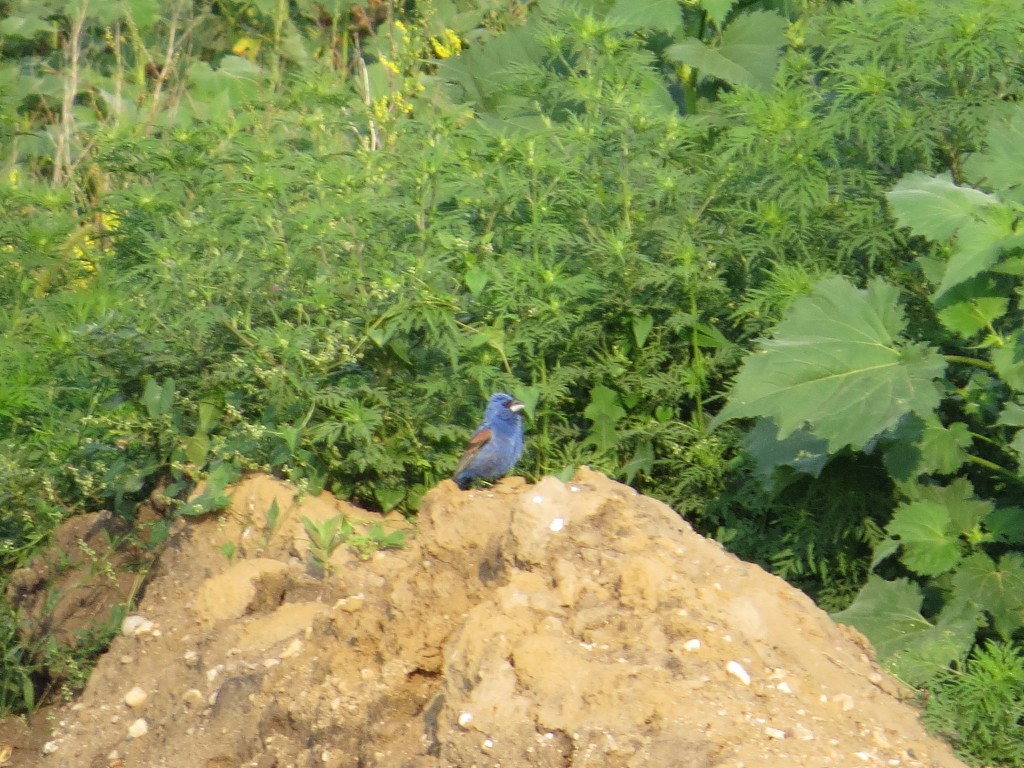
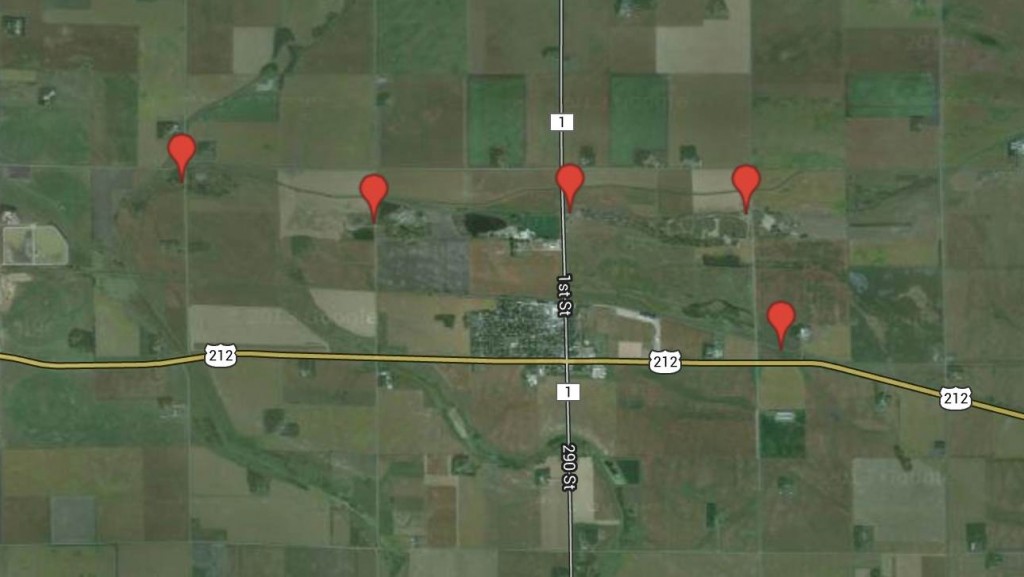
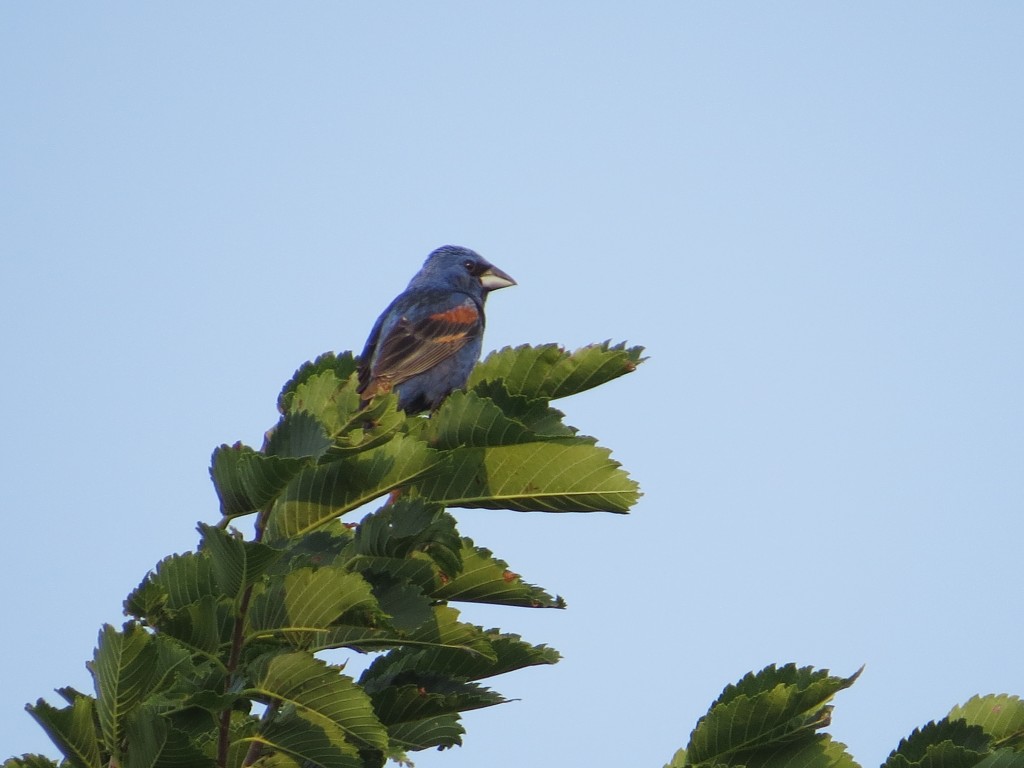
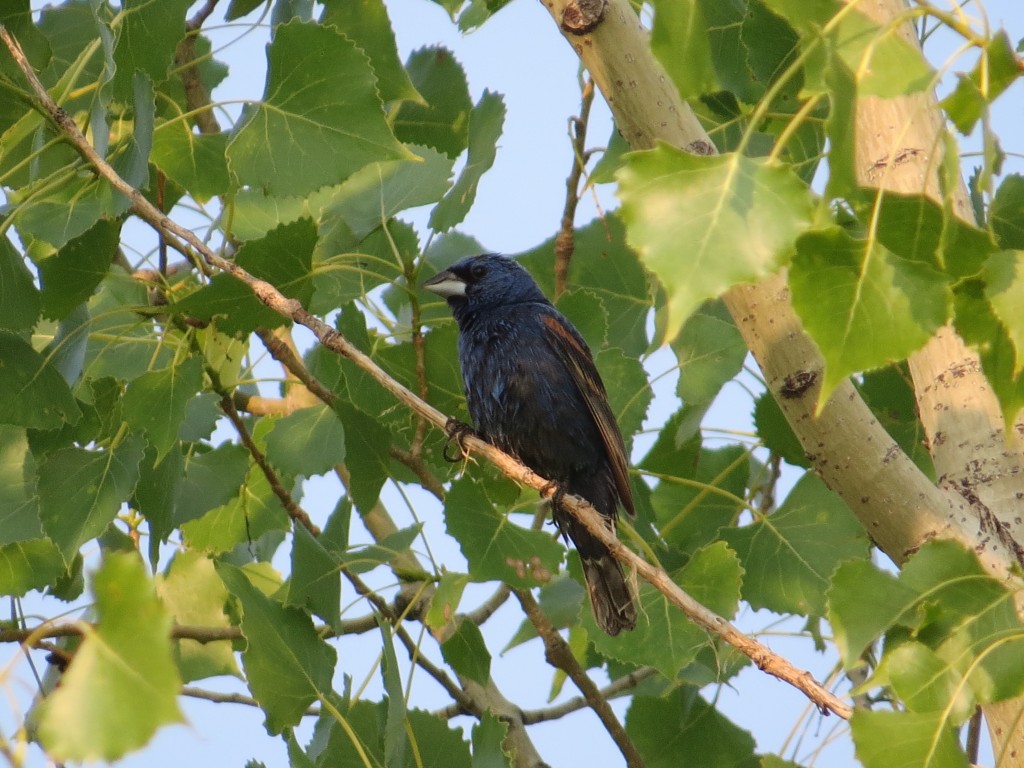
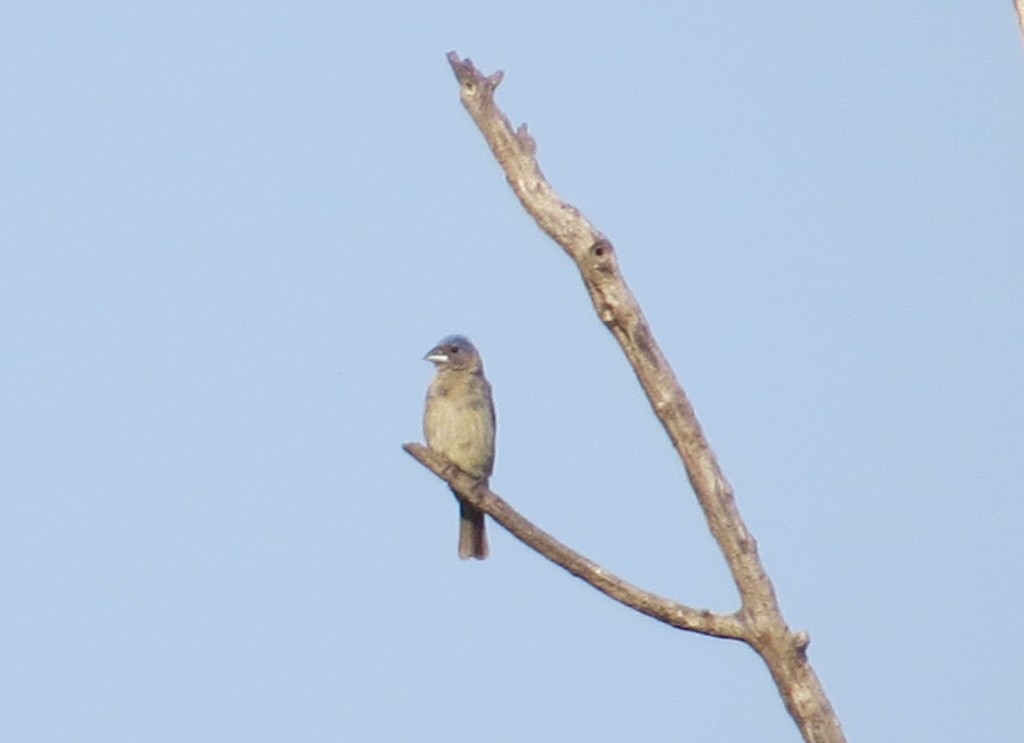
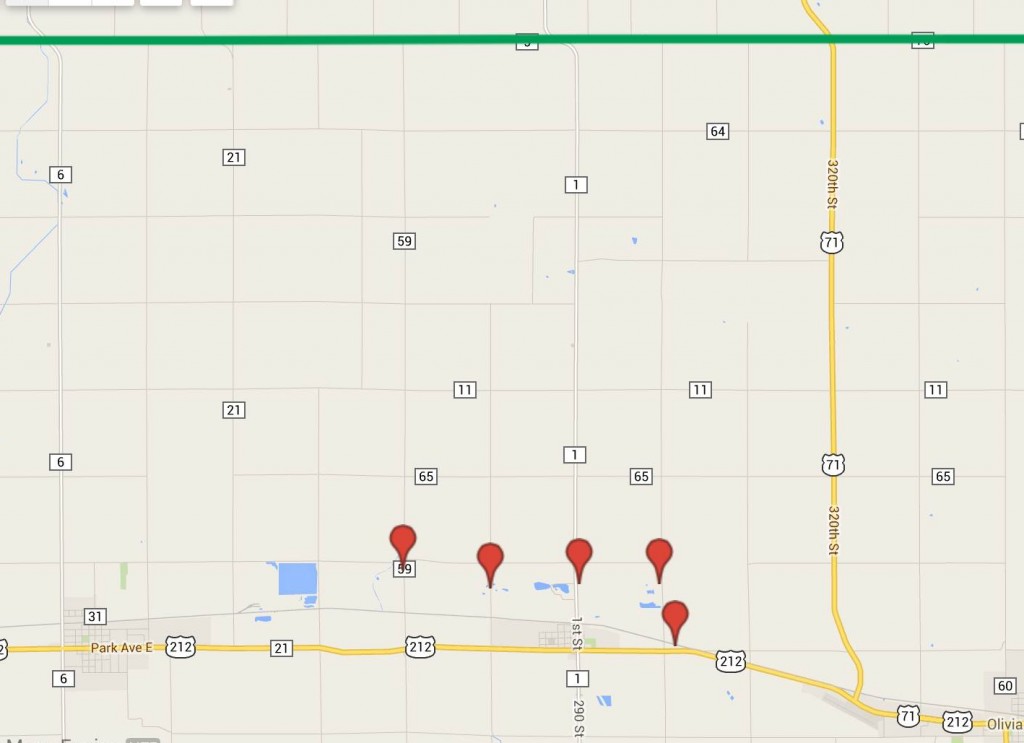
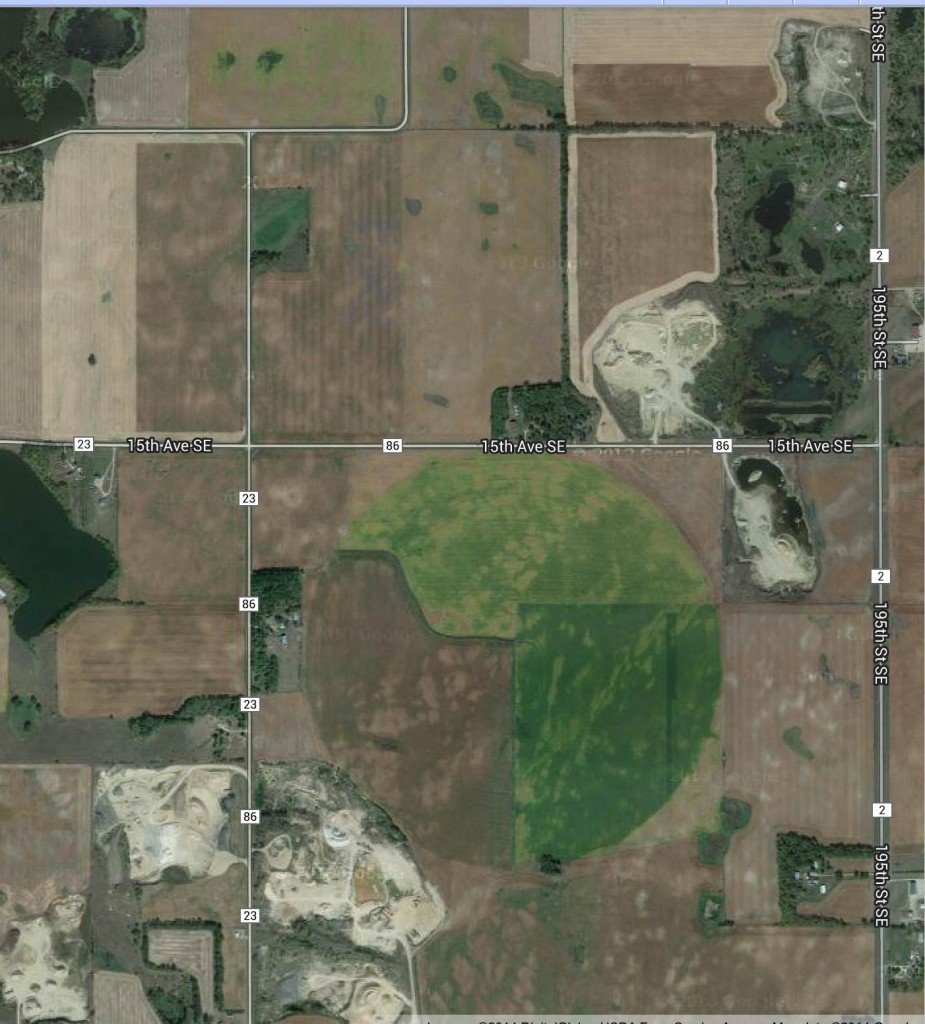
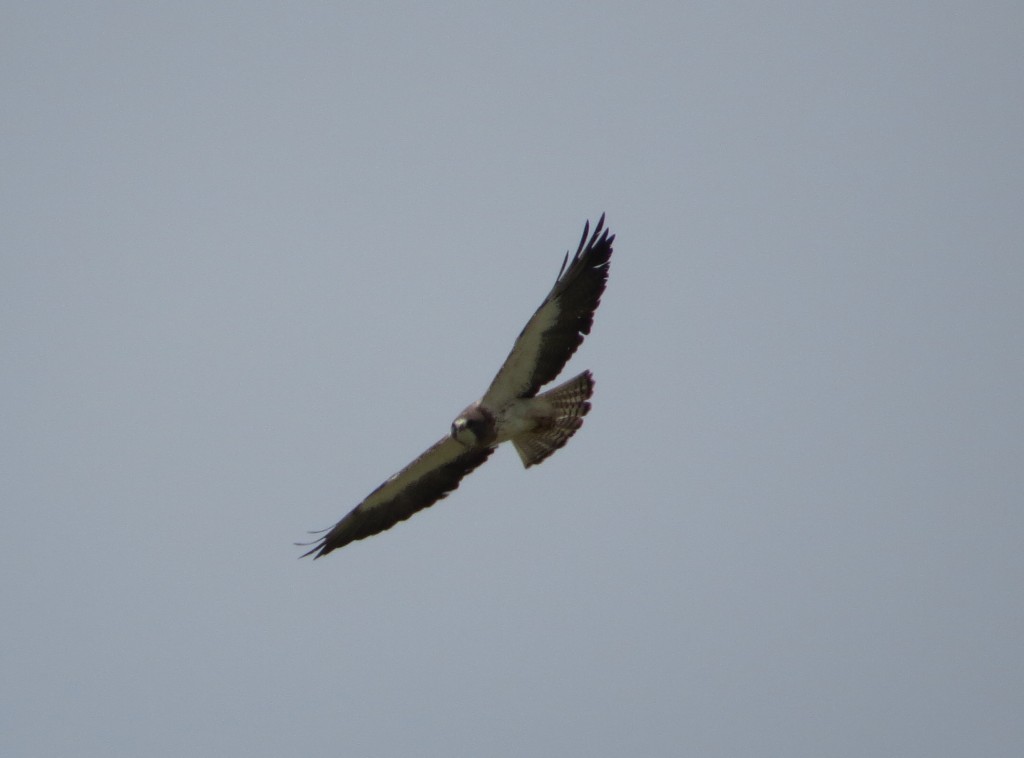
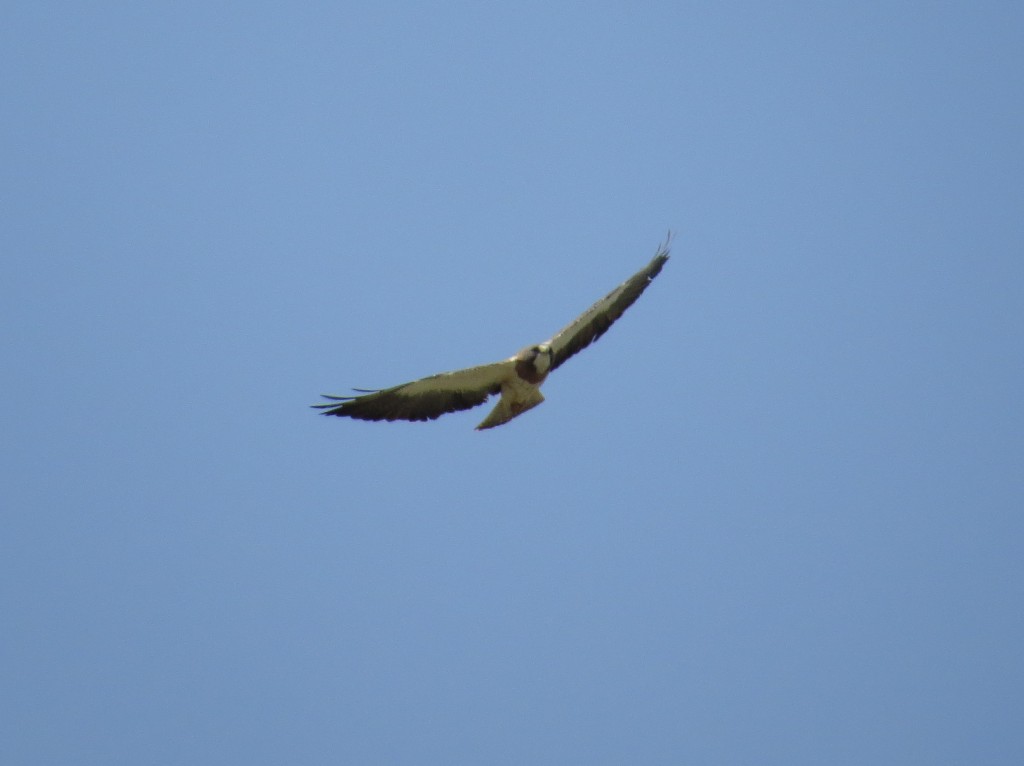
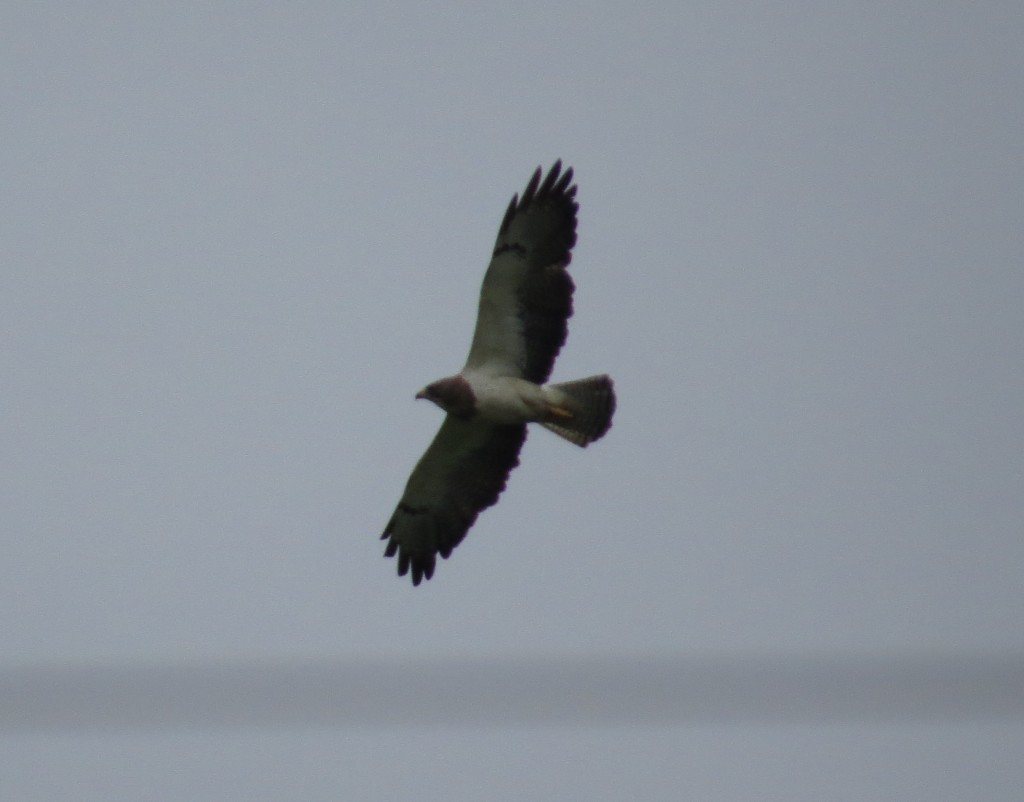 Are you sick of Swainson’s Hawk photos yet? Too bad! It’s probably the coolest hawk I know, and there’s even more coming in a future post!
Are you sick of Swainson’s Hawk photos yet? Too bad! It’s probably the coolest hawk I know, and there’s even more coming in a future post!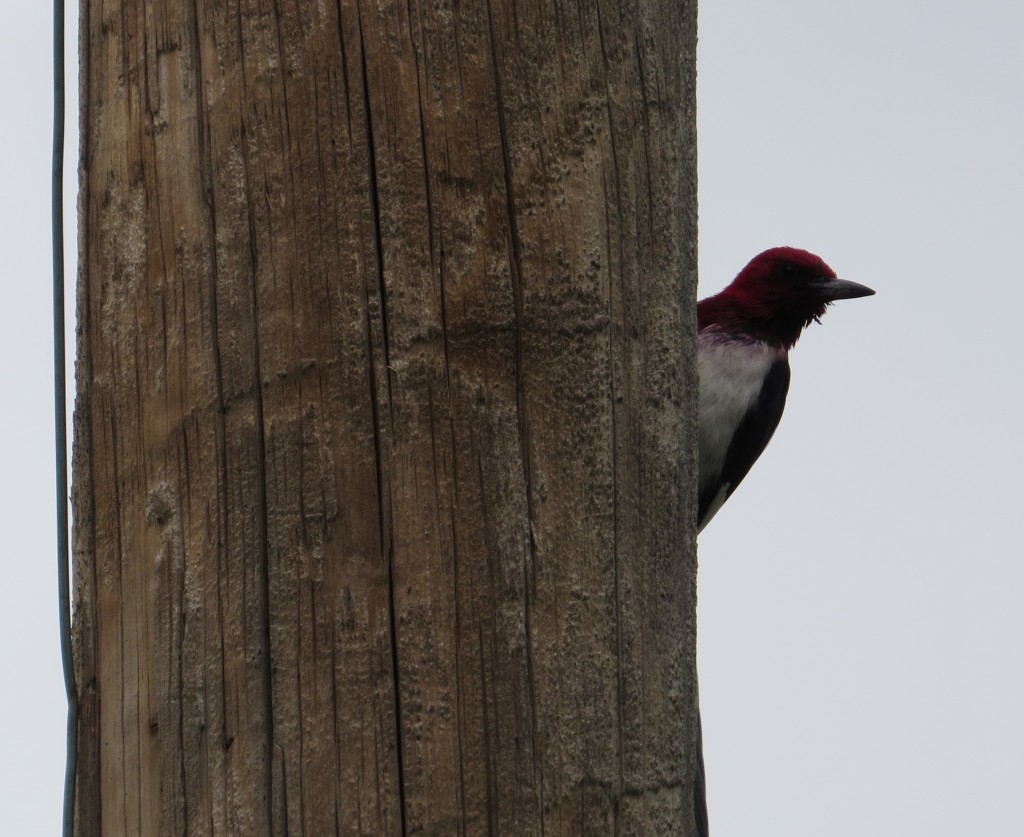
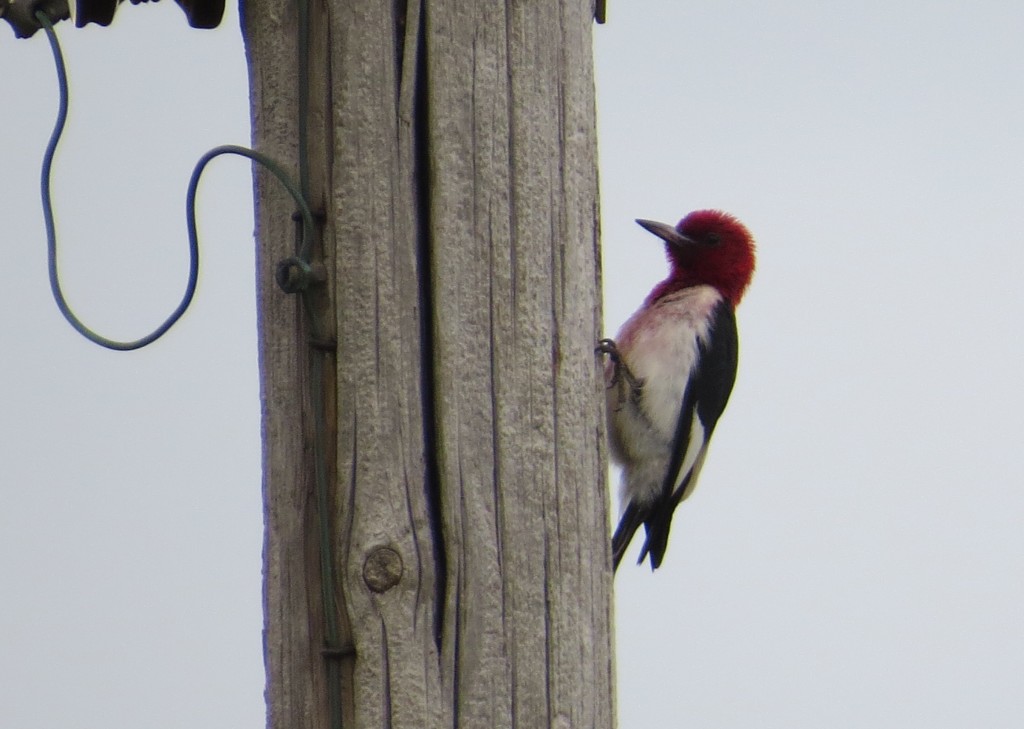 We also saw a couple of Brown Thrashers, and I even spied a Loggerhead Shrike in a bush as we flew past. I was too frustrated with the stop-and-go travel to make many voluntary stops for pictures, though.
We also saw a couple of Brown Thrashers, and I even spied a Loggerhead Shrike in a bush as we flew past. I was too frustrated with the stop-and-go travel to make many voluntary stops for pictures, though.